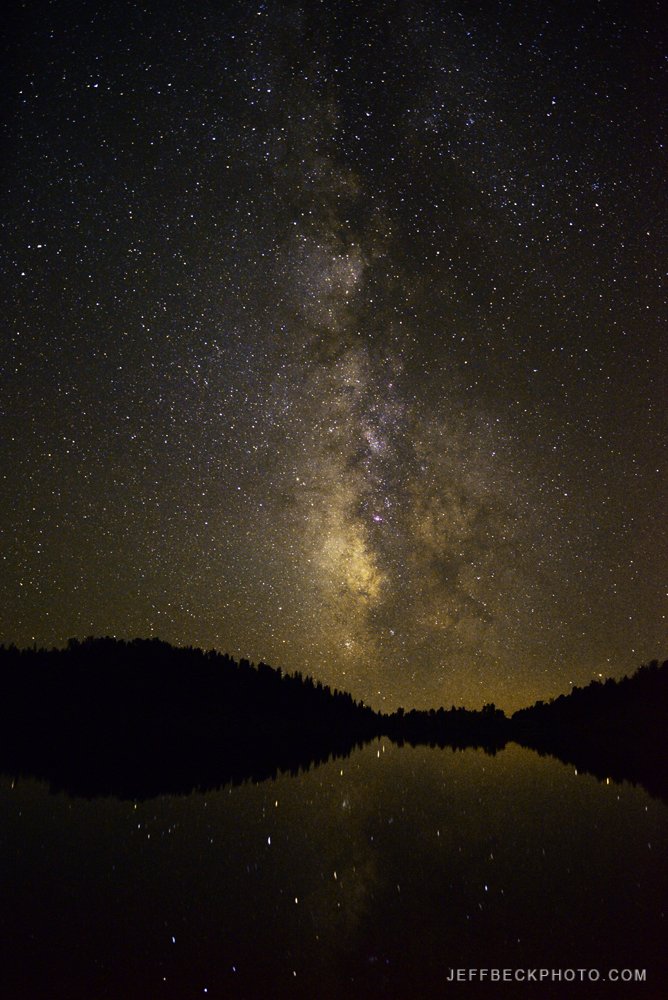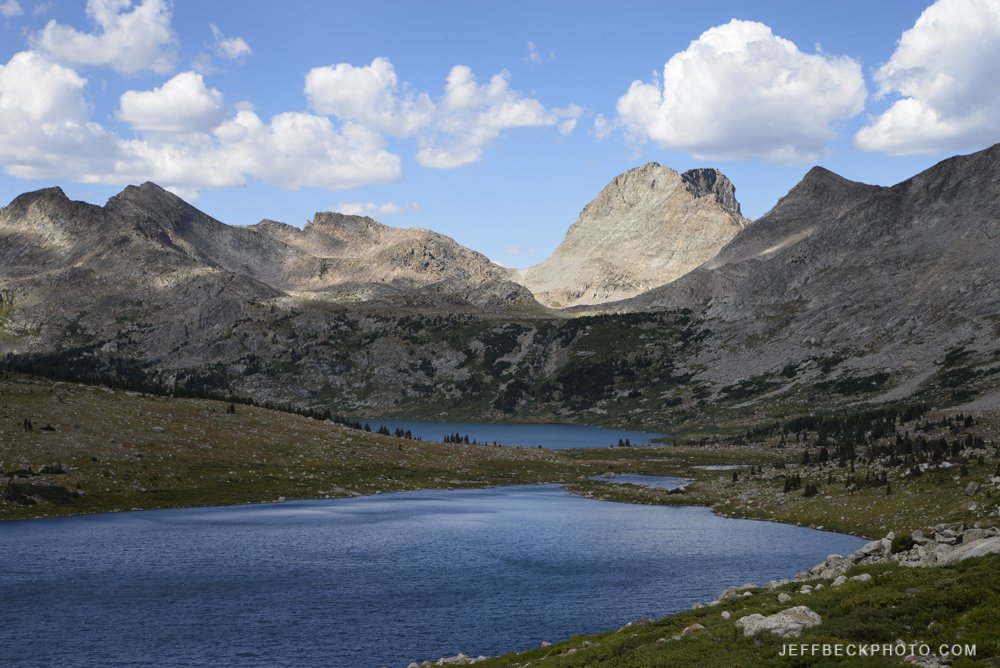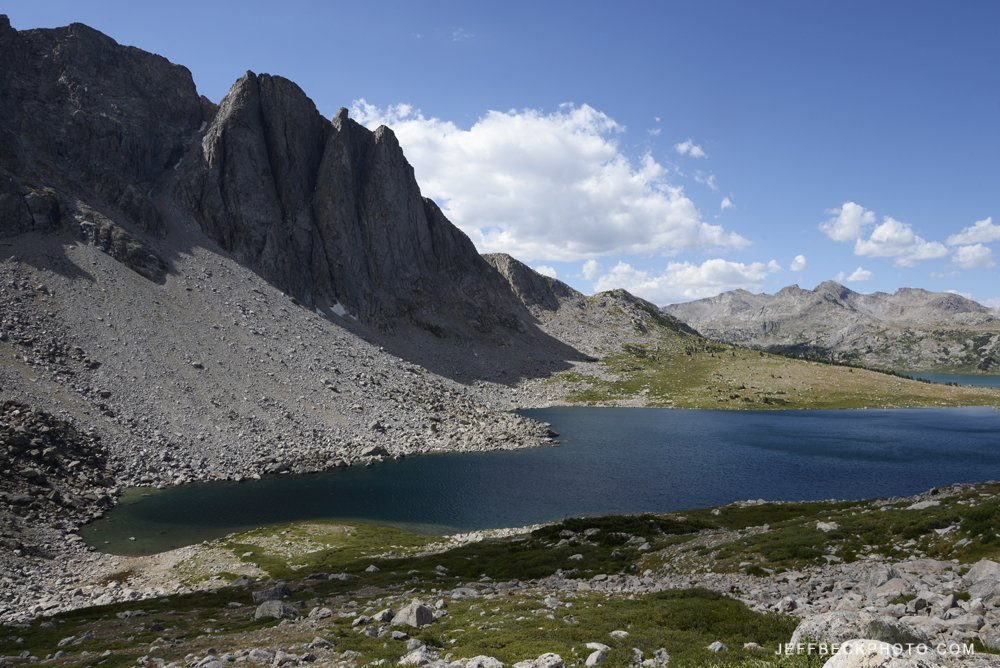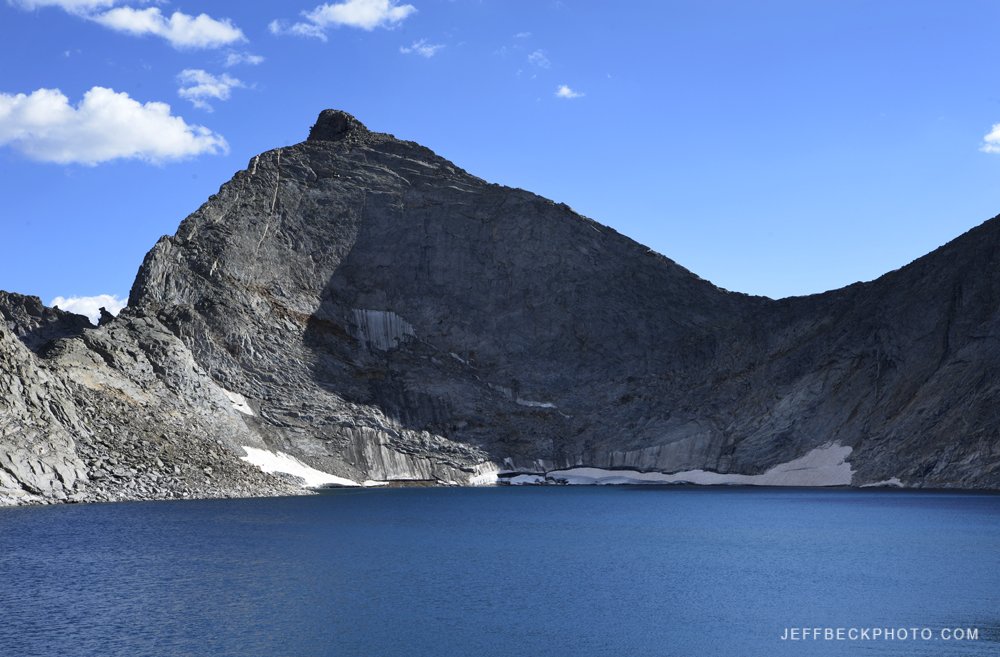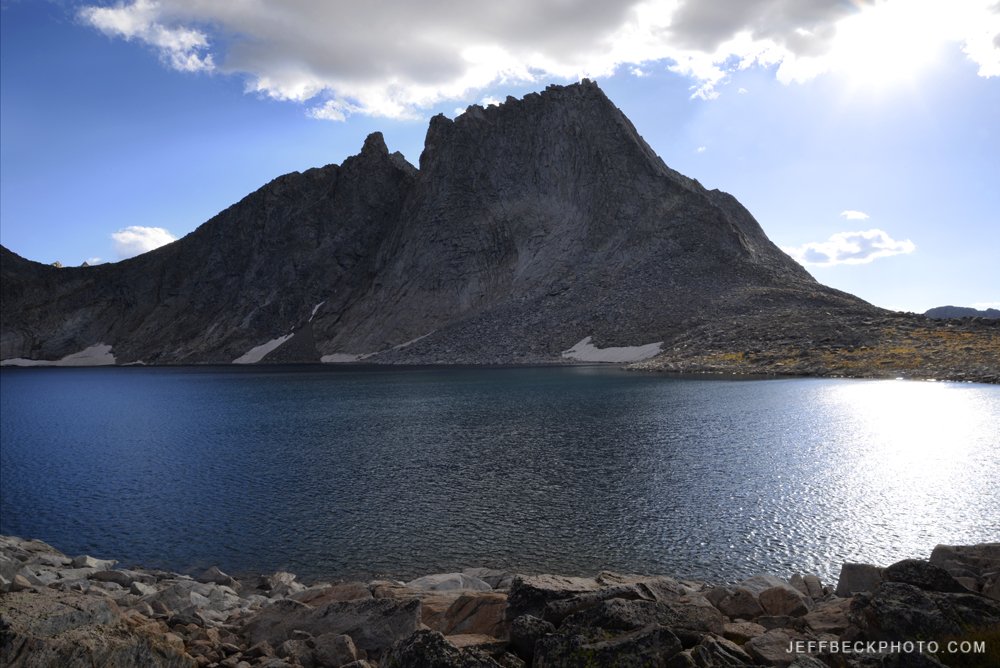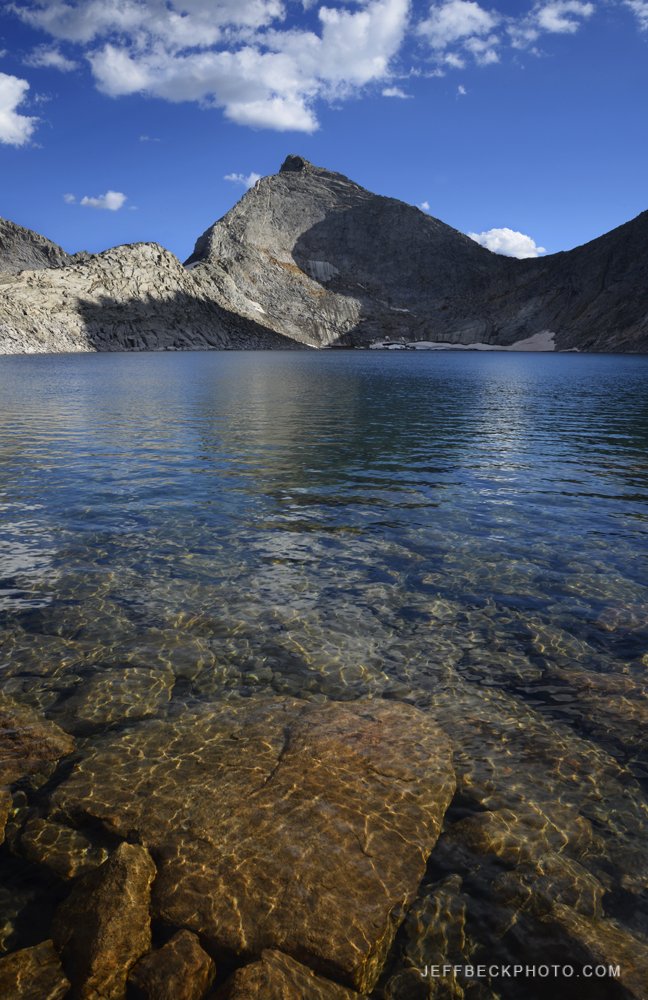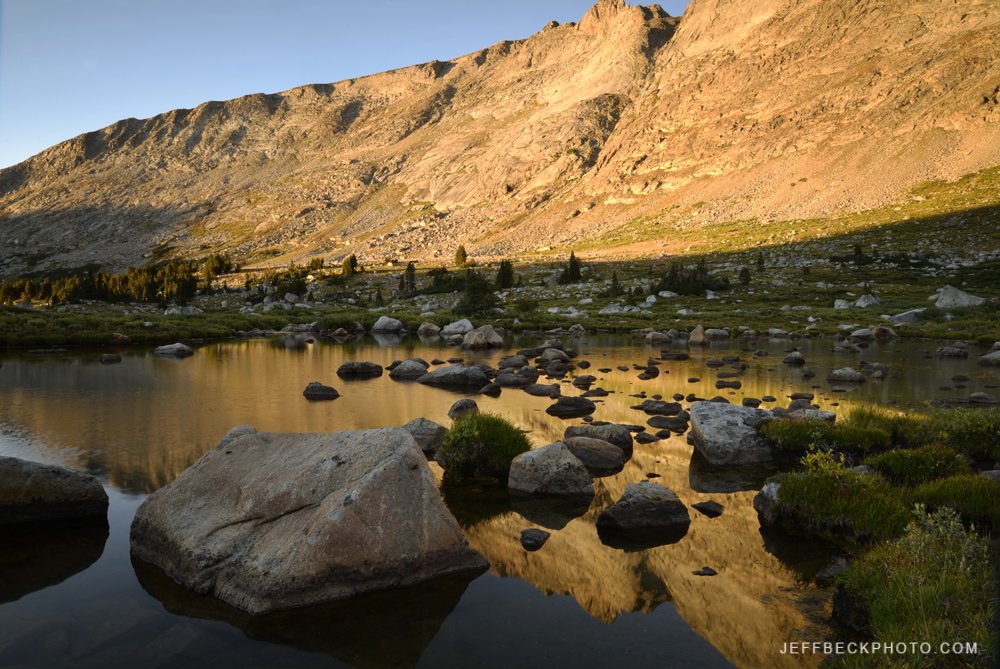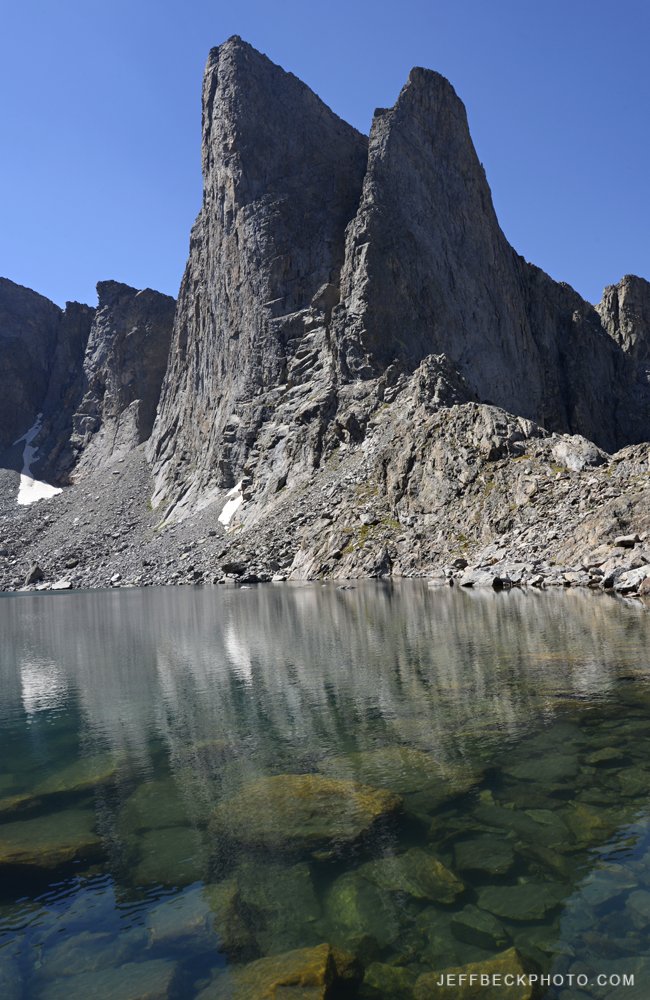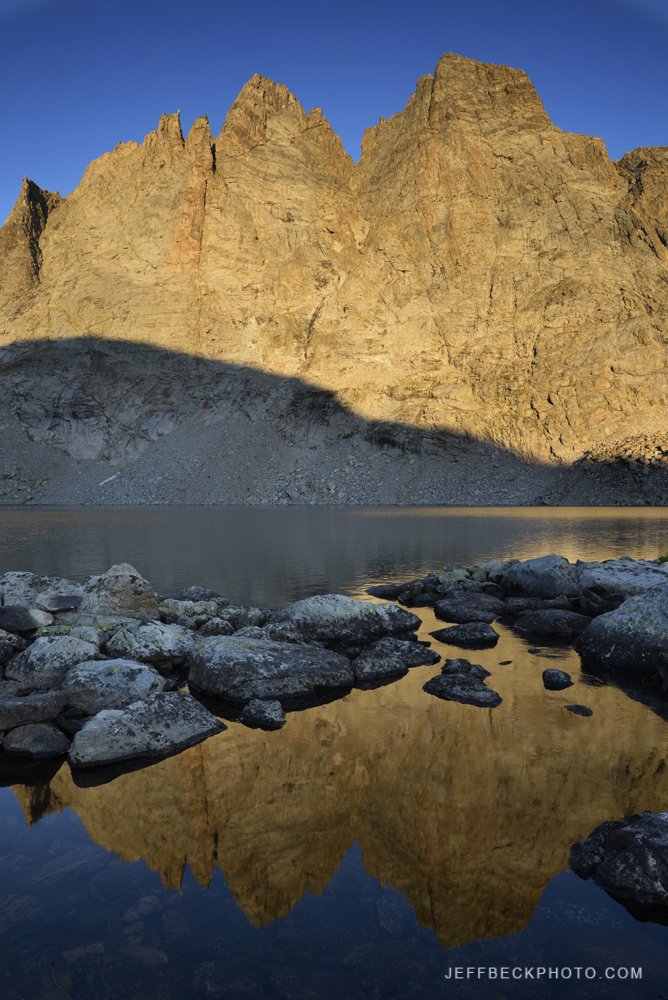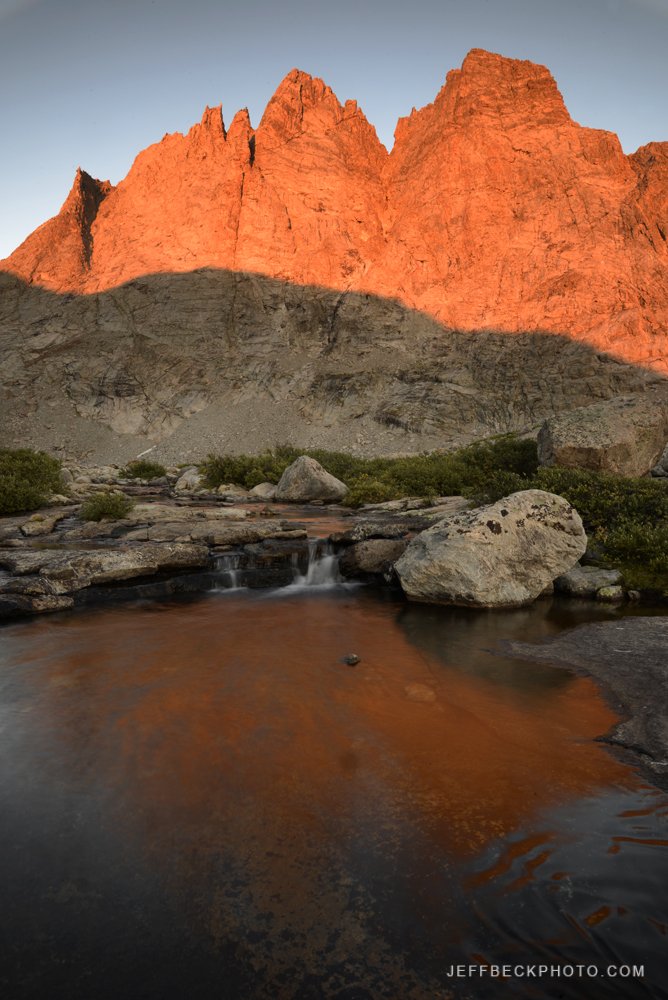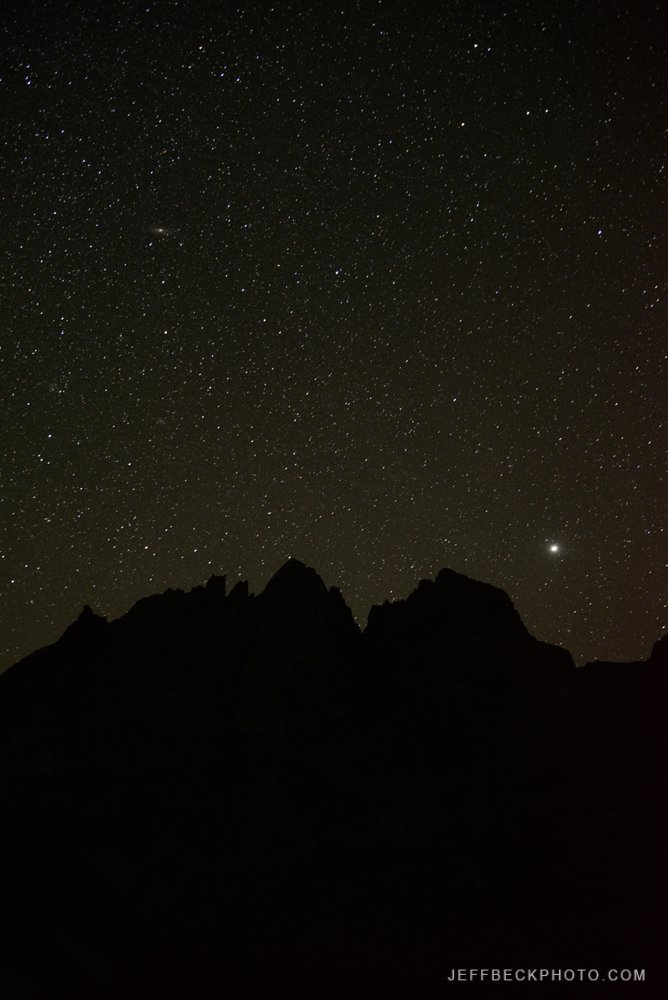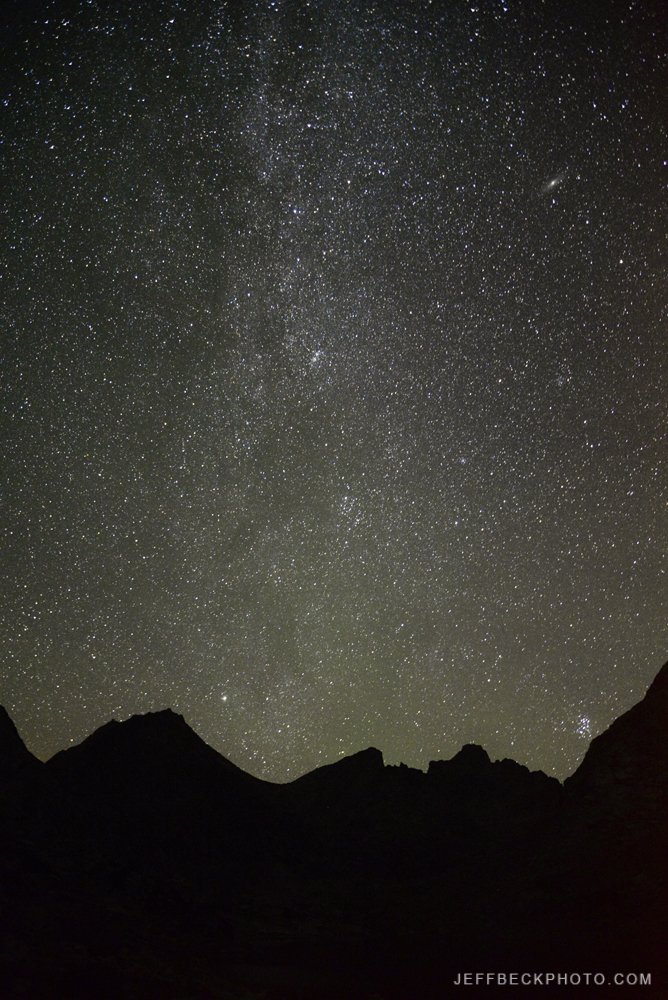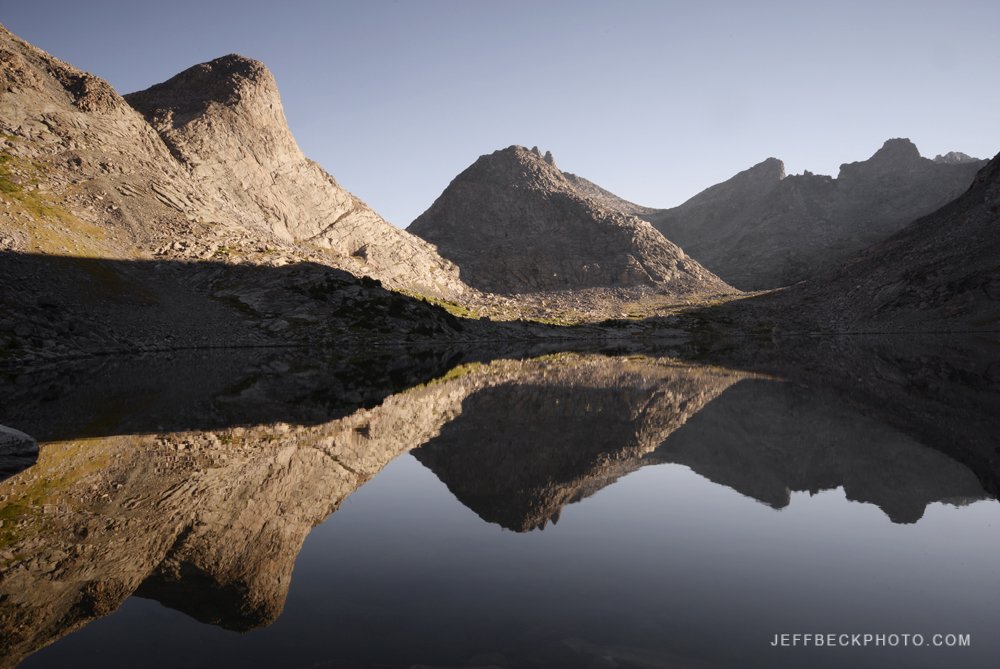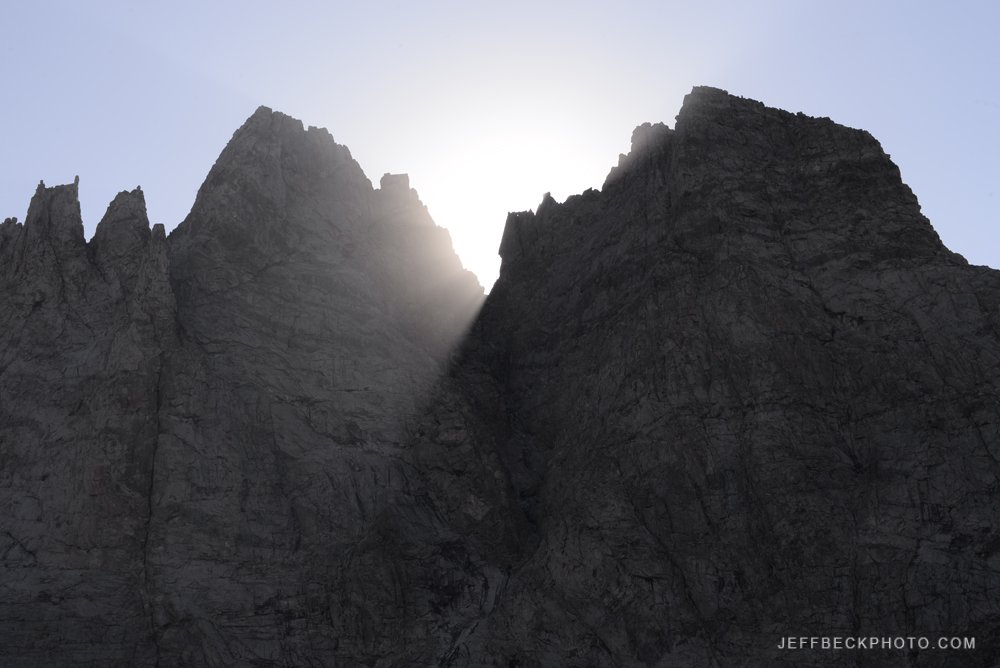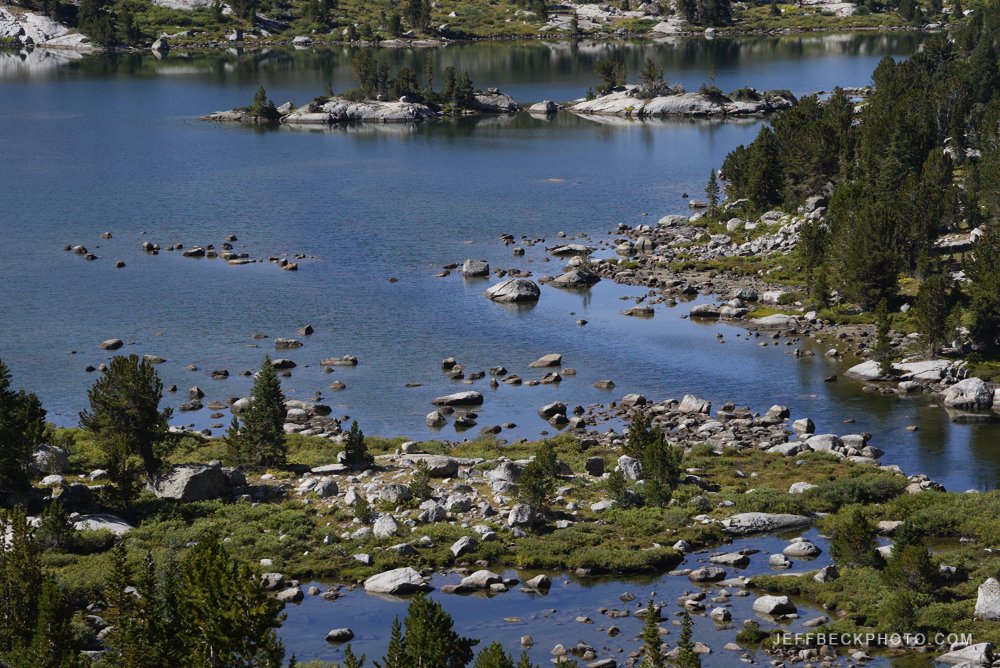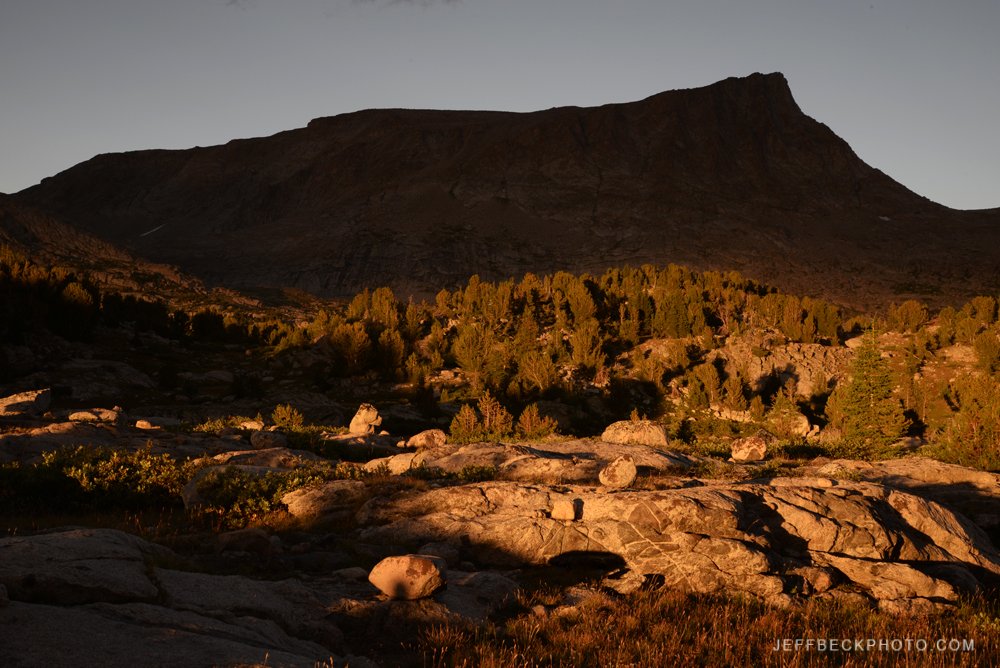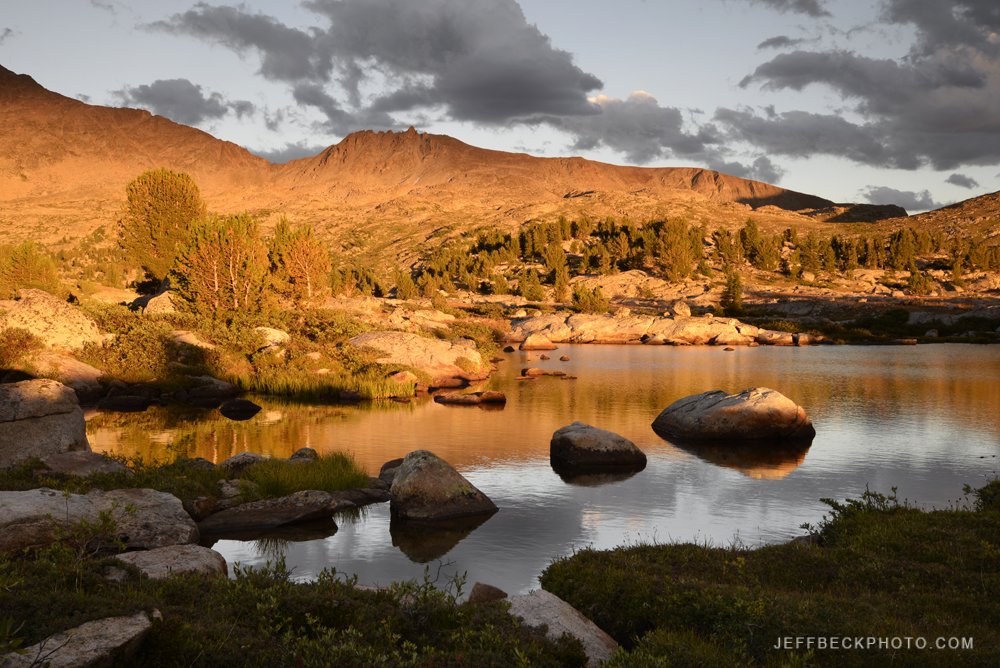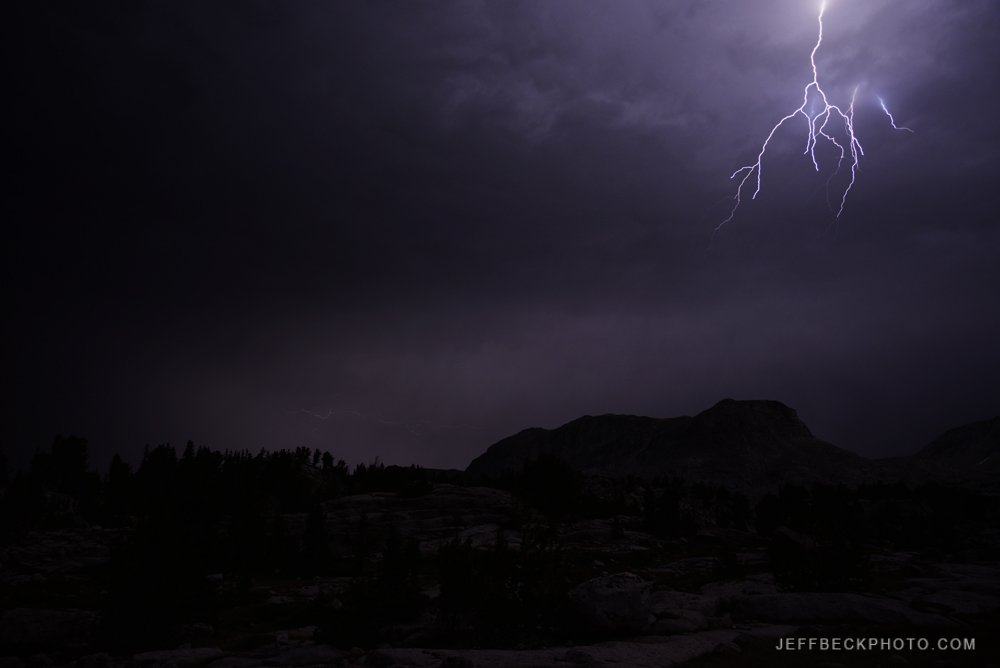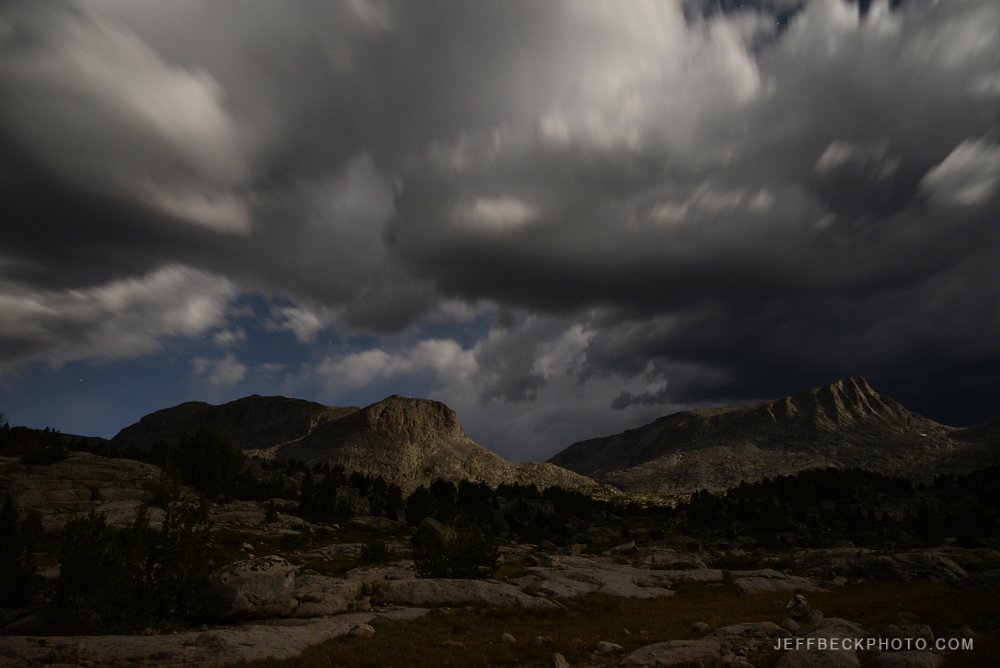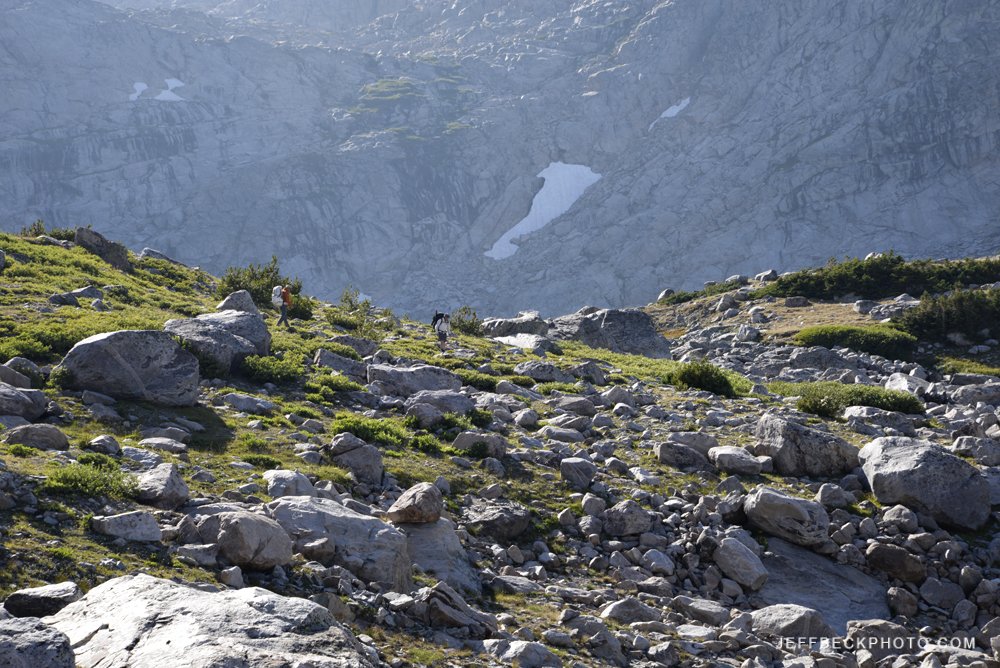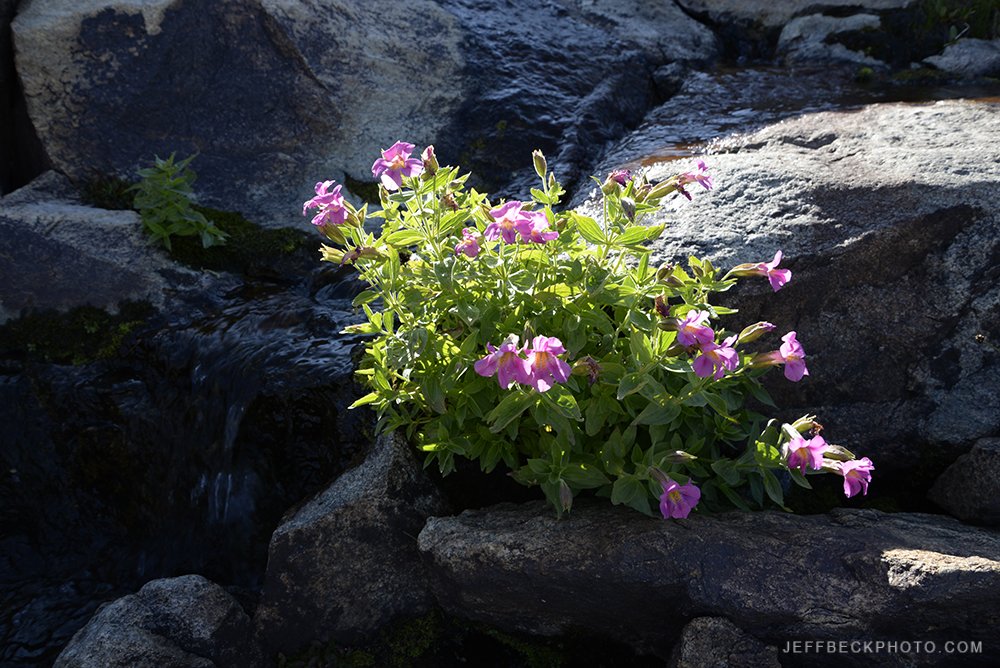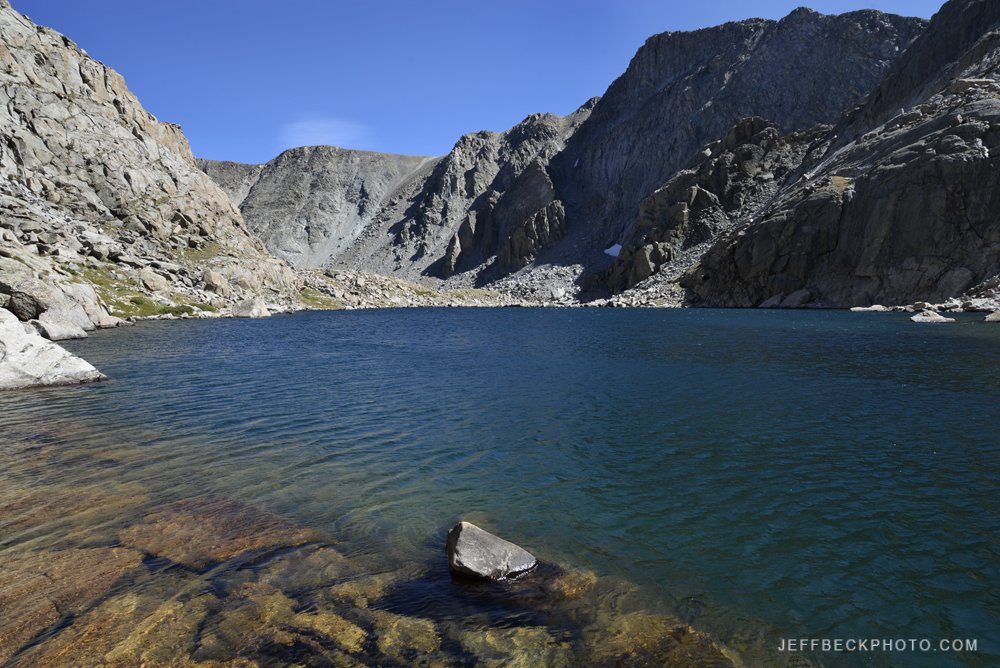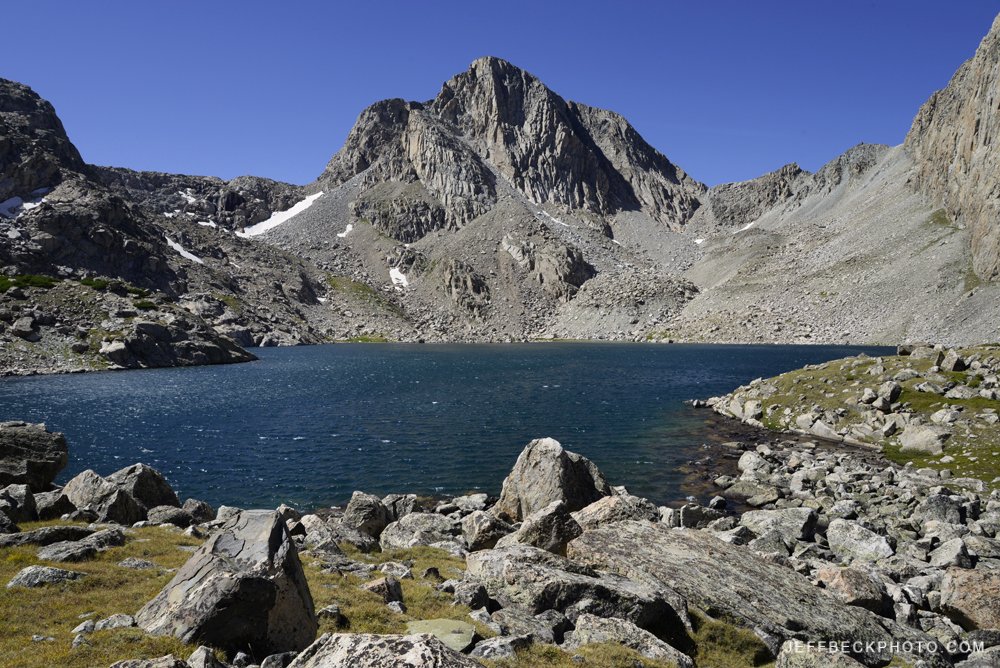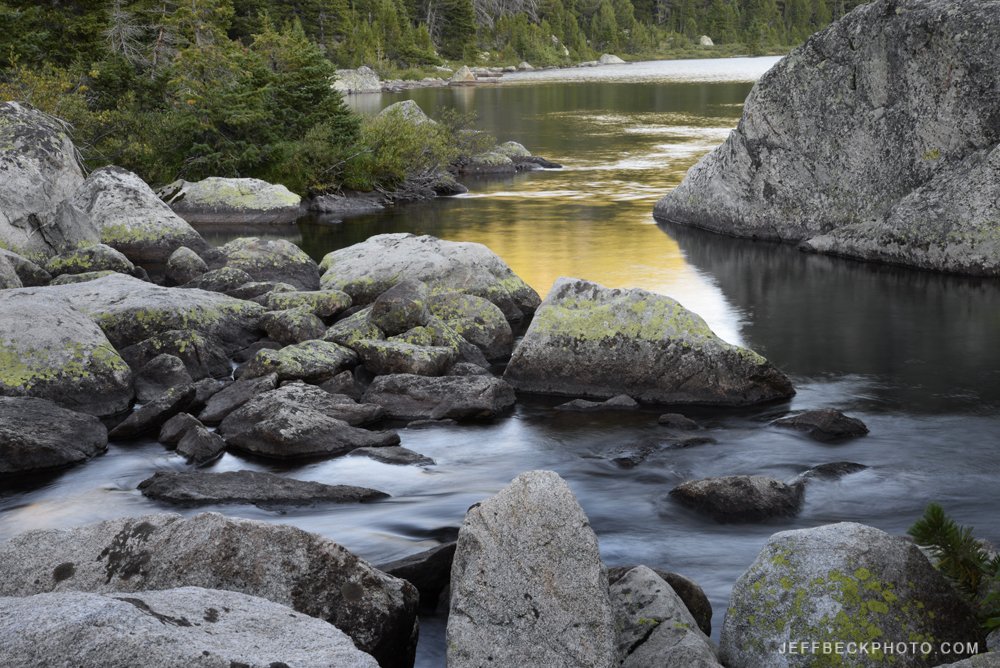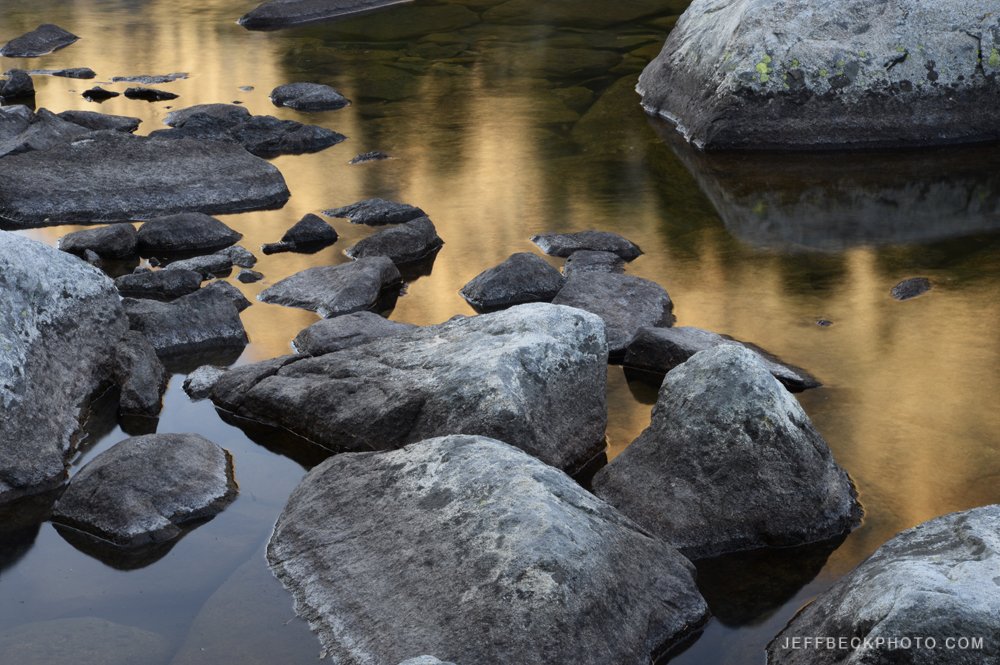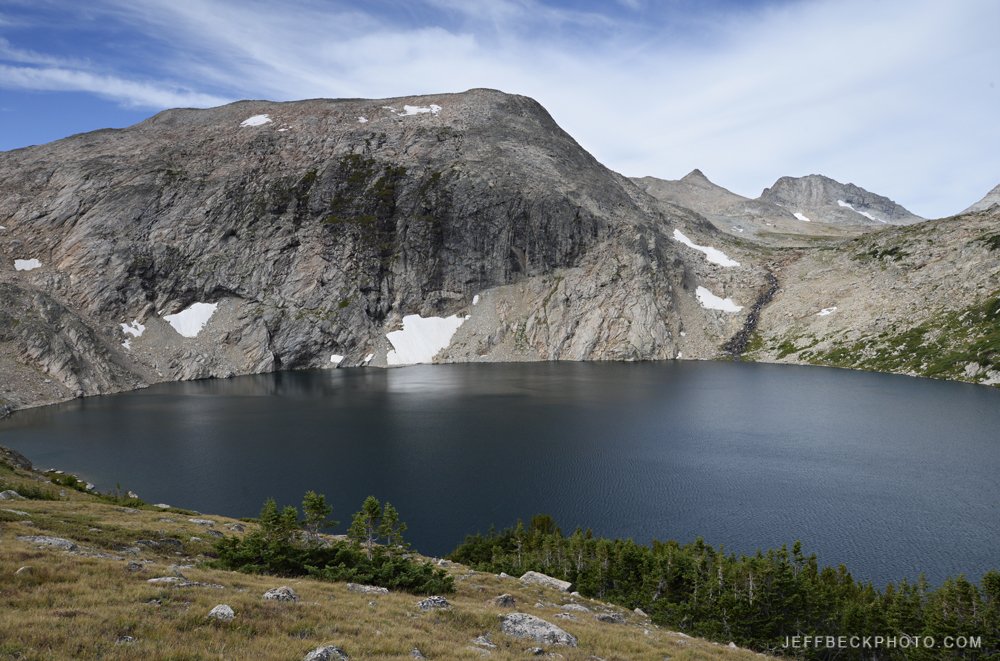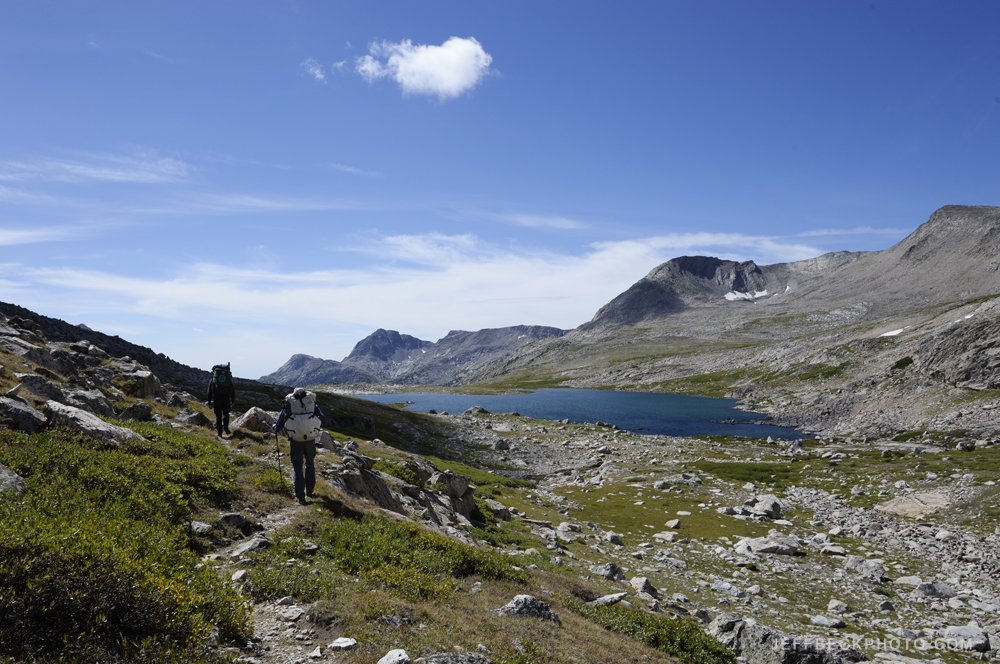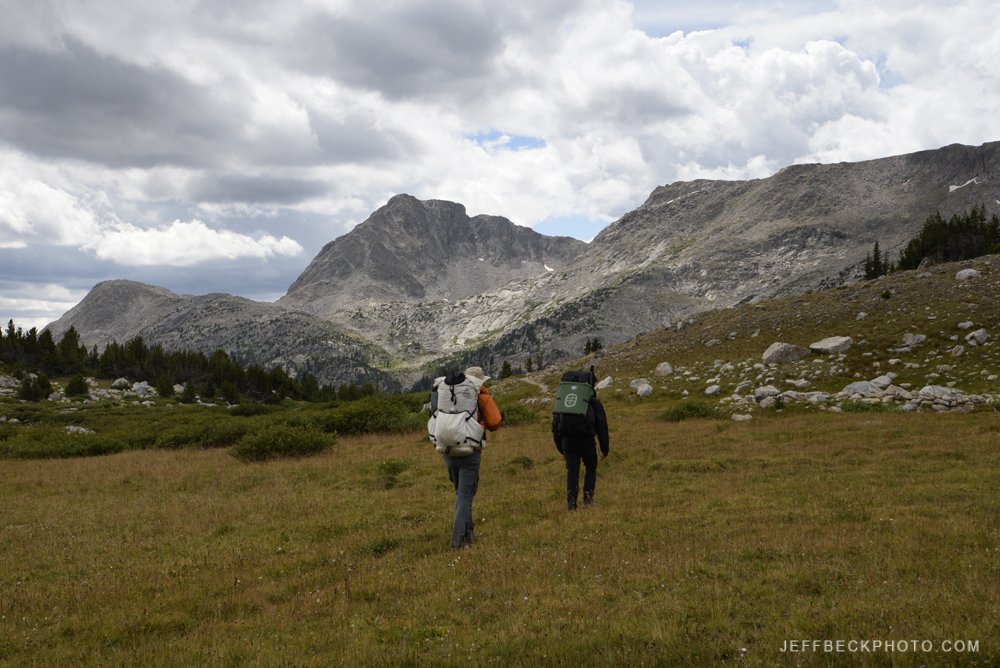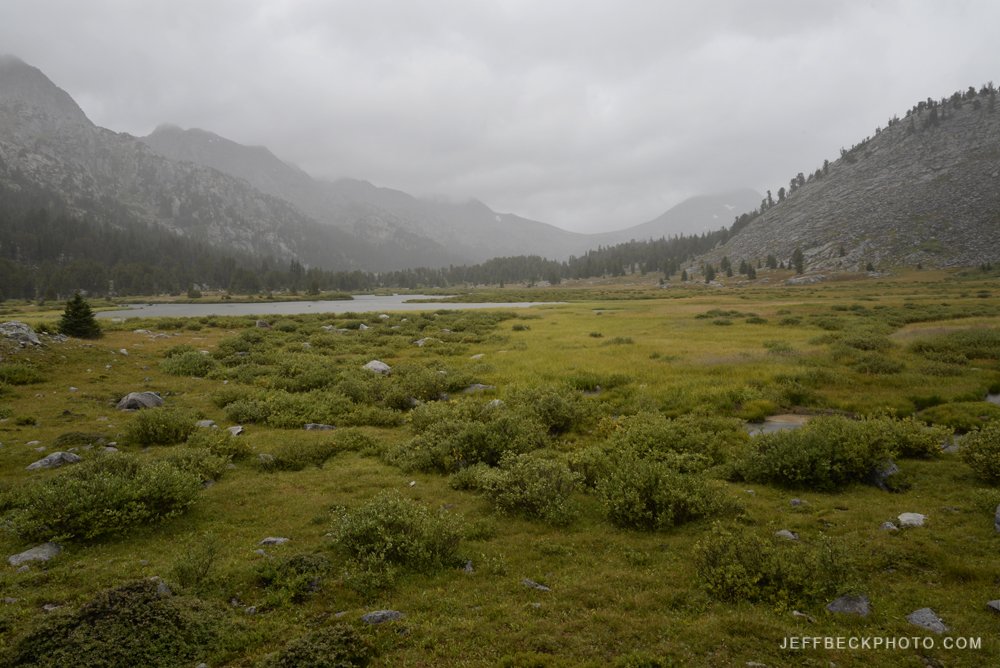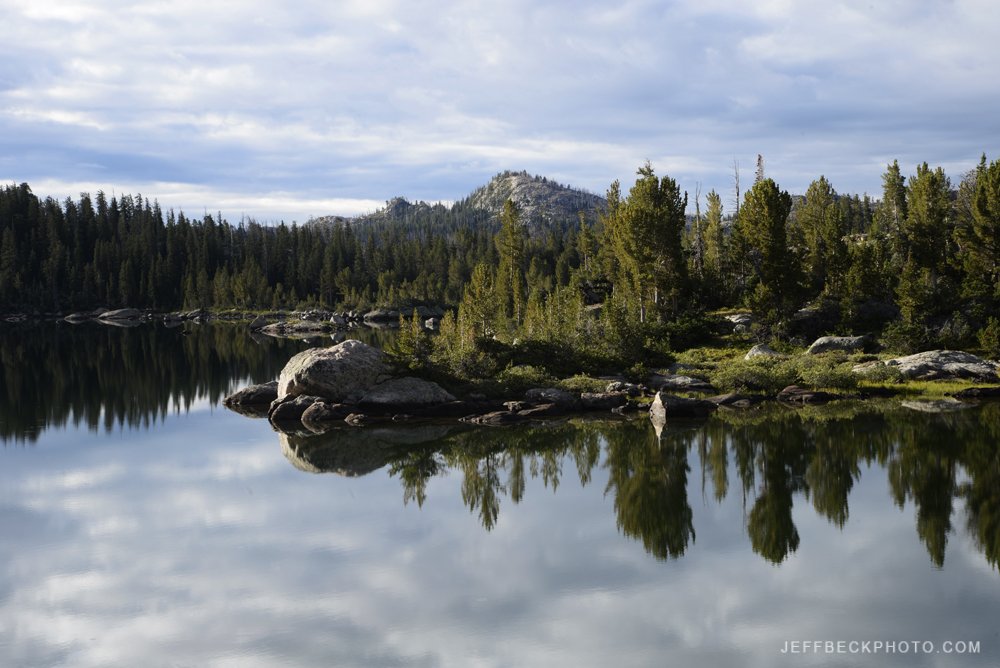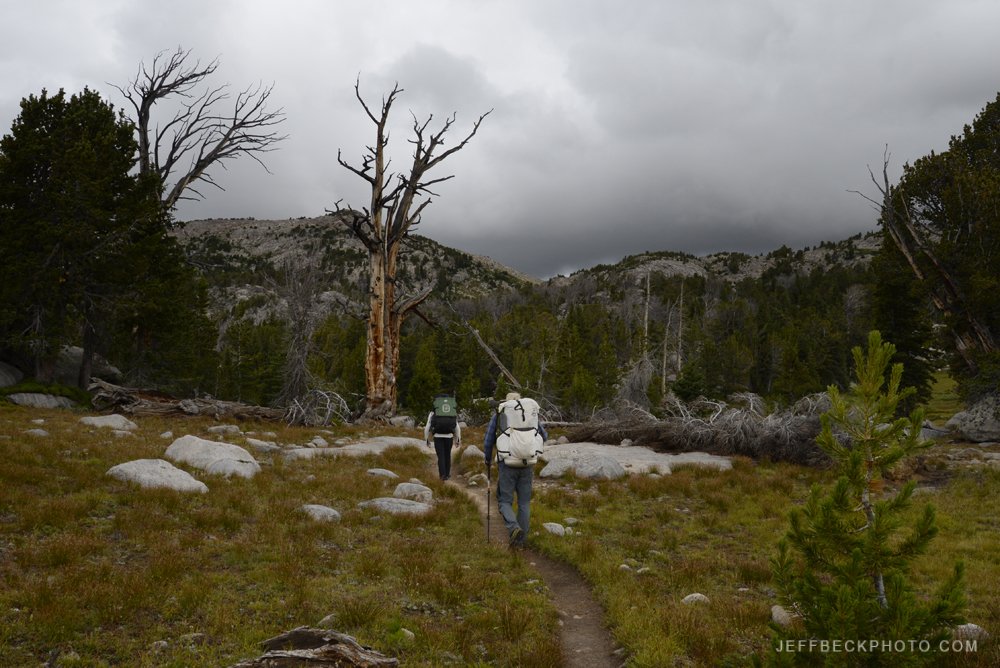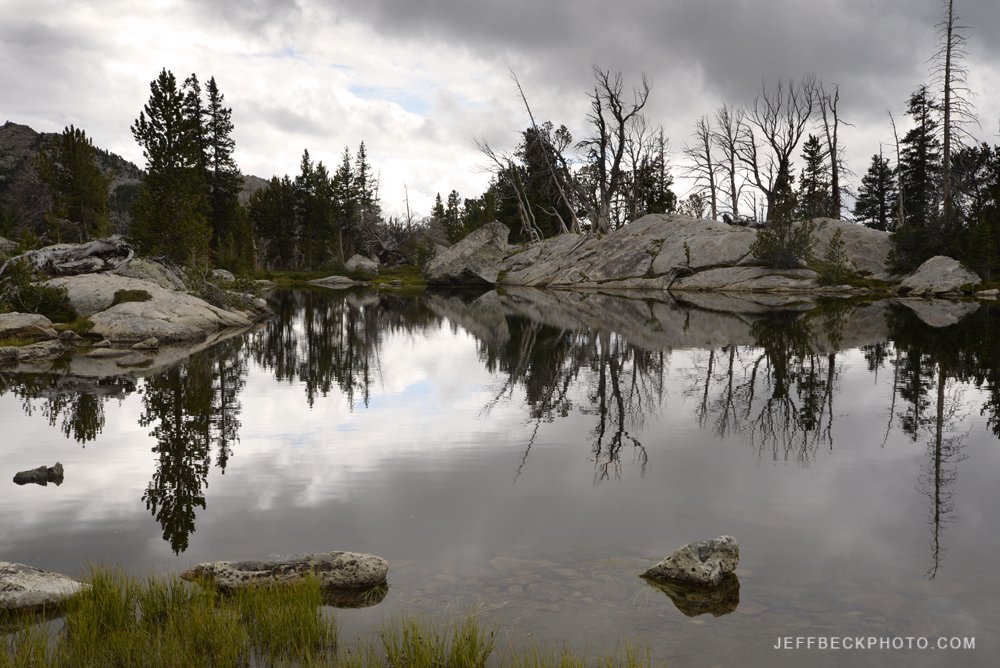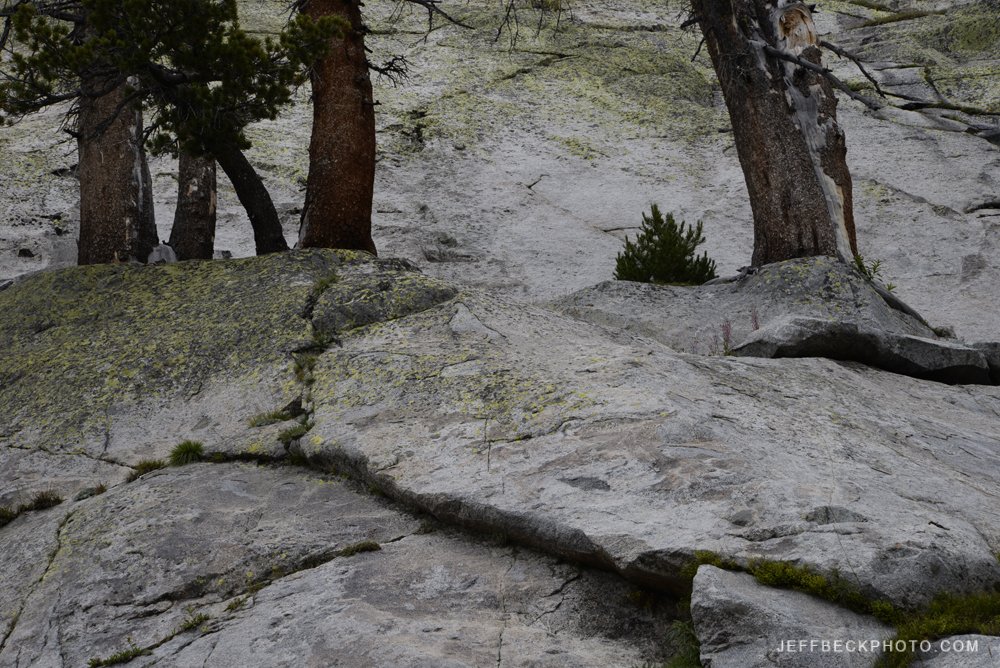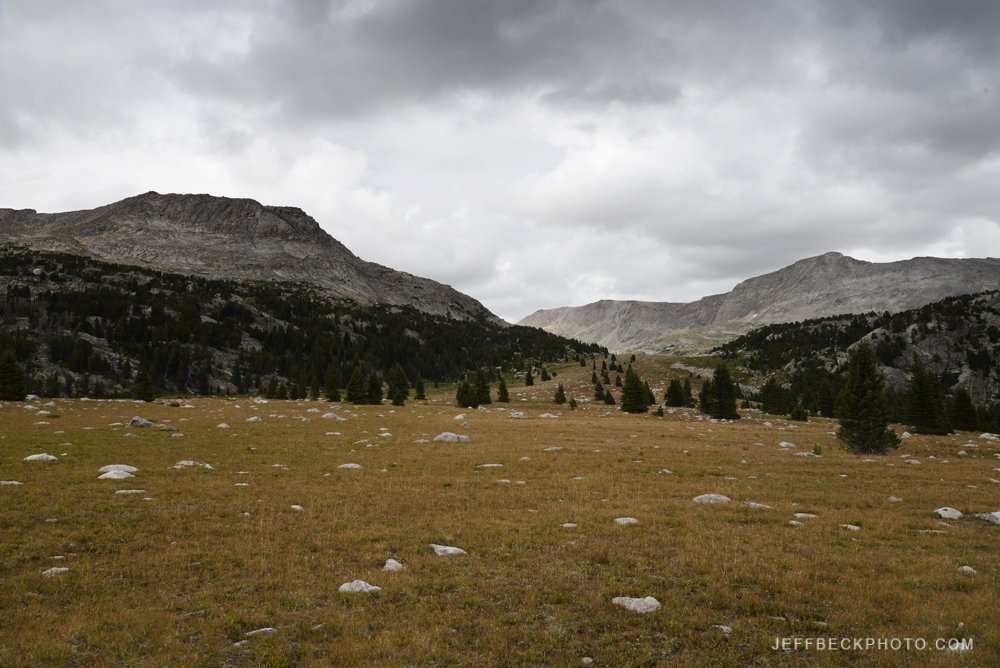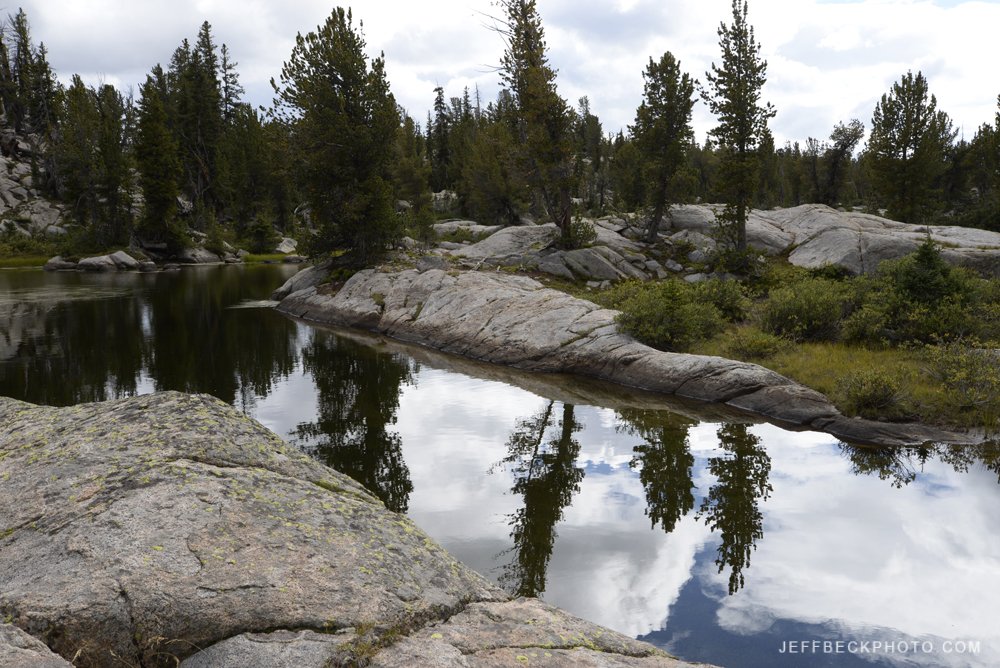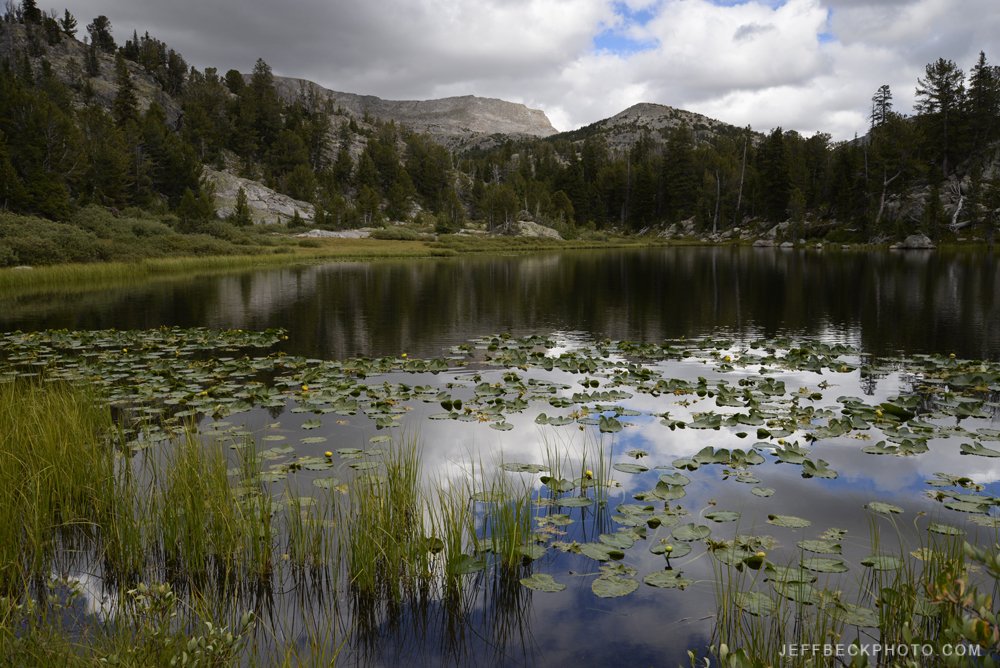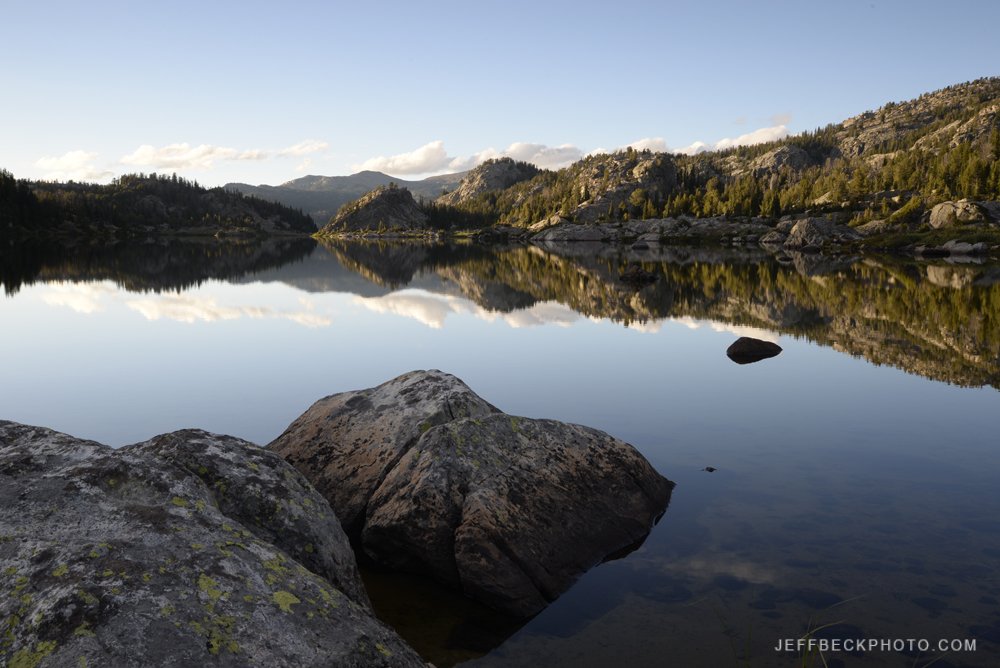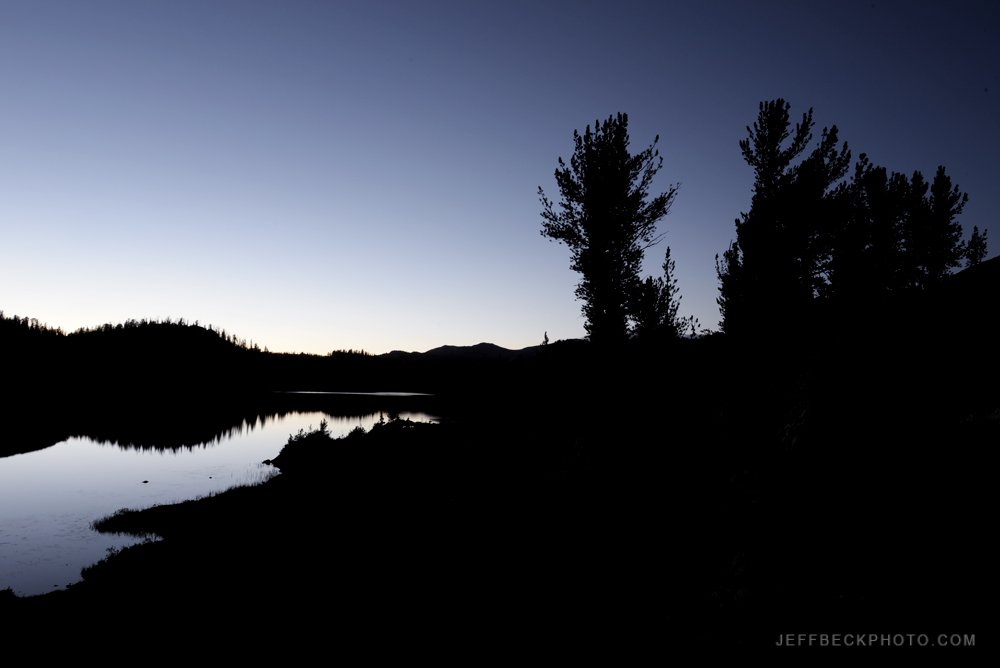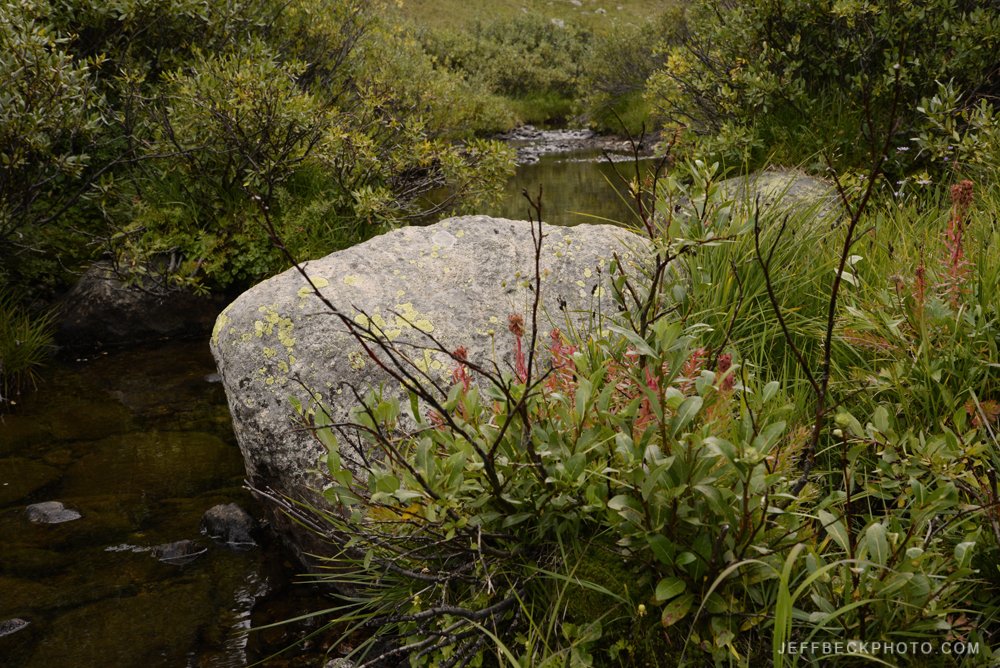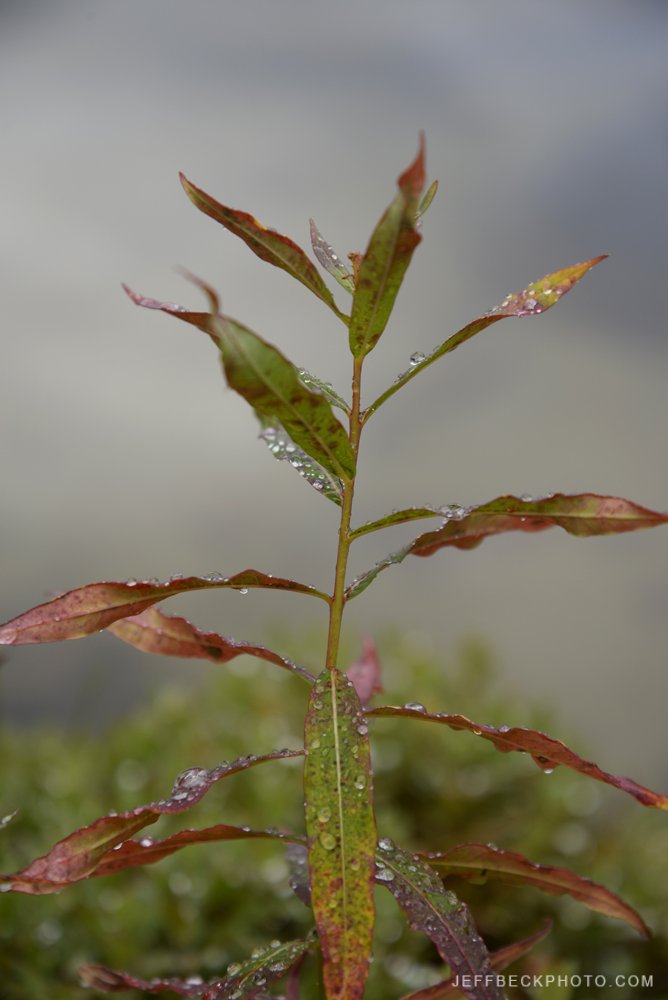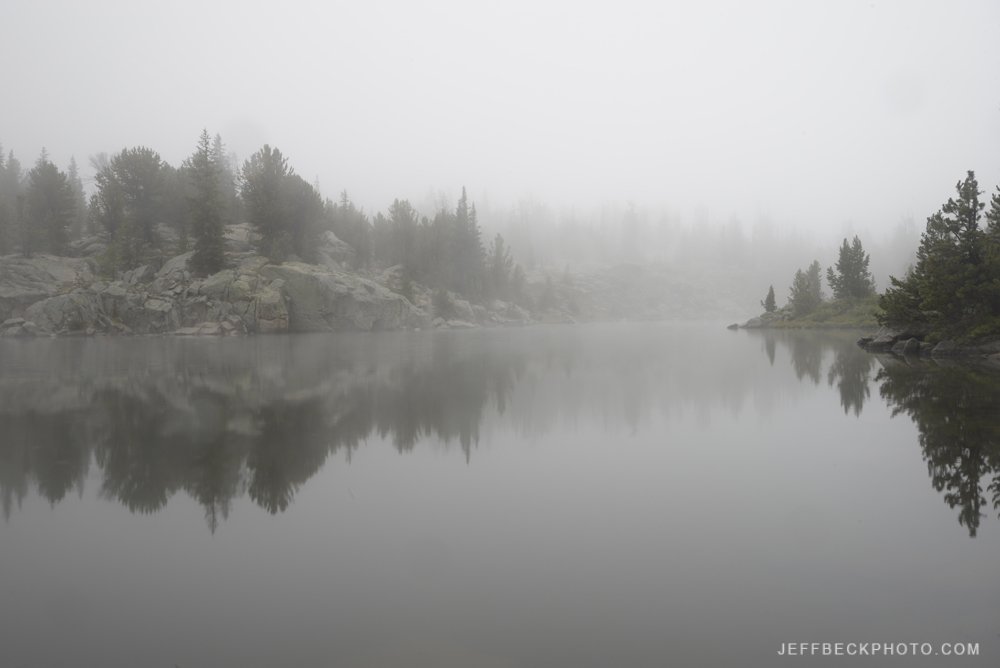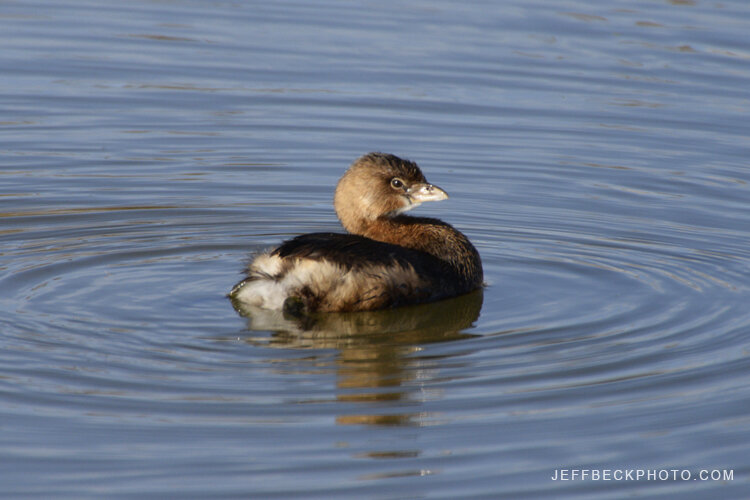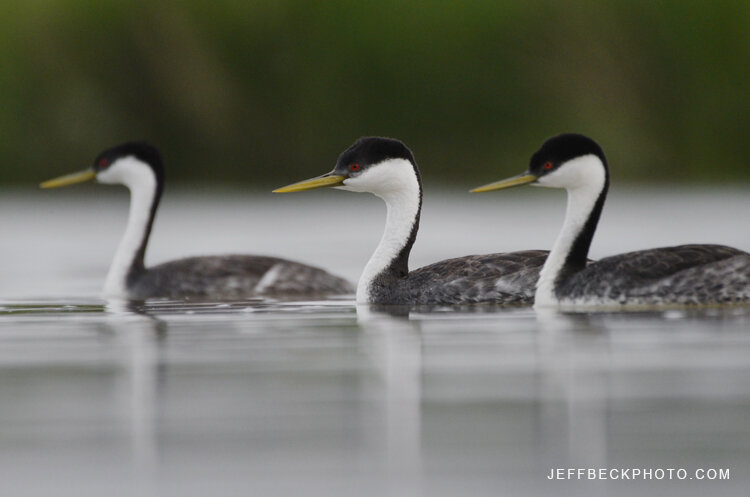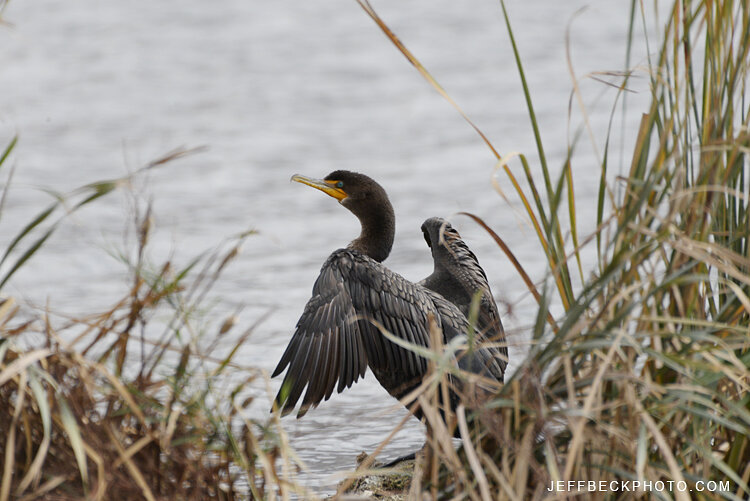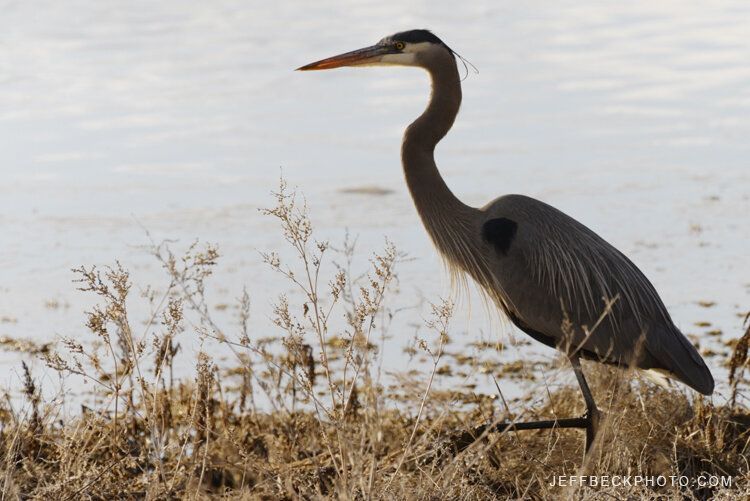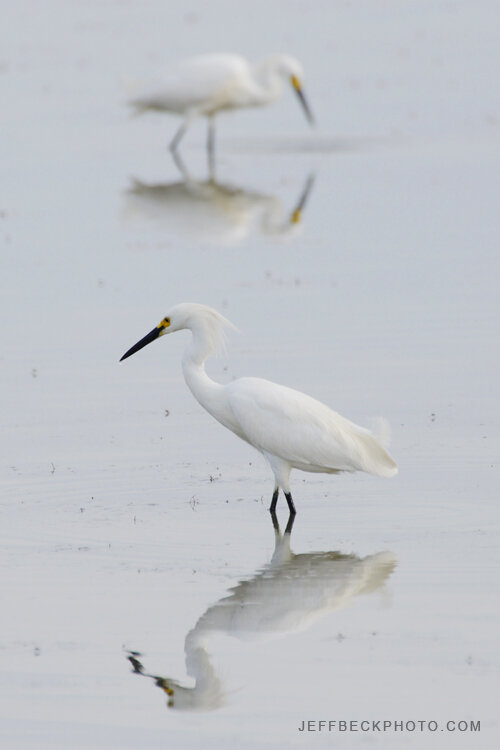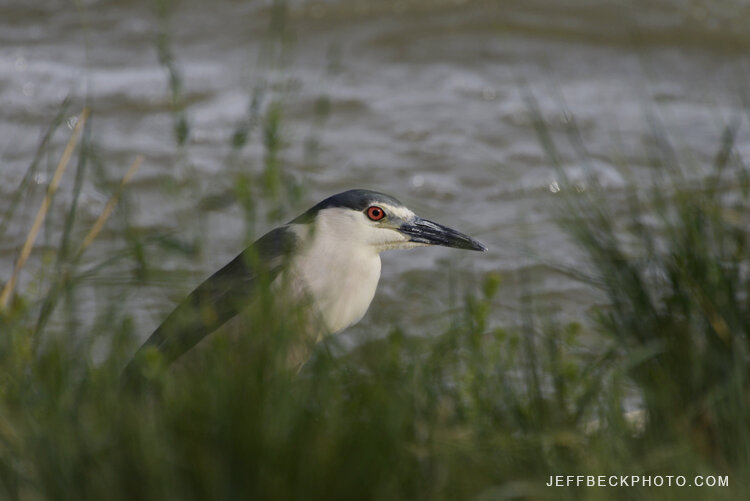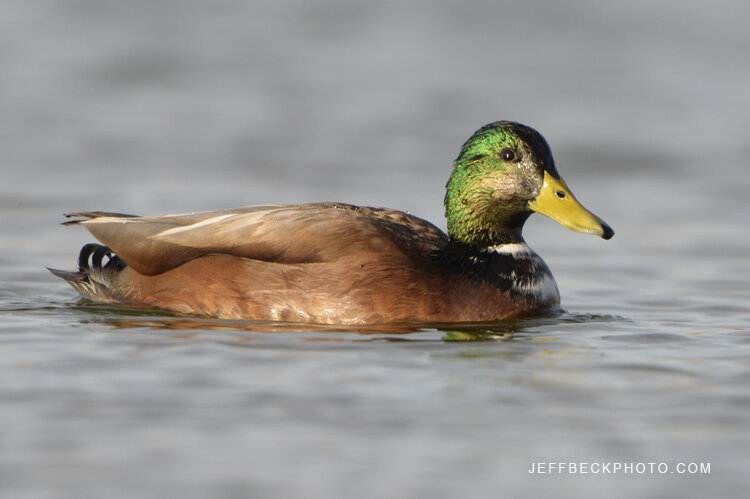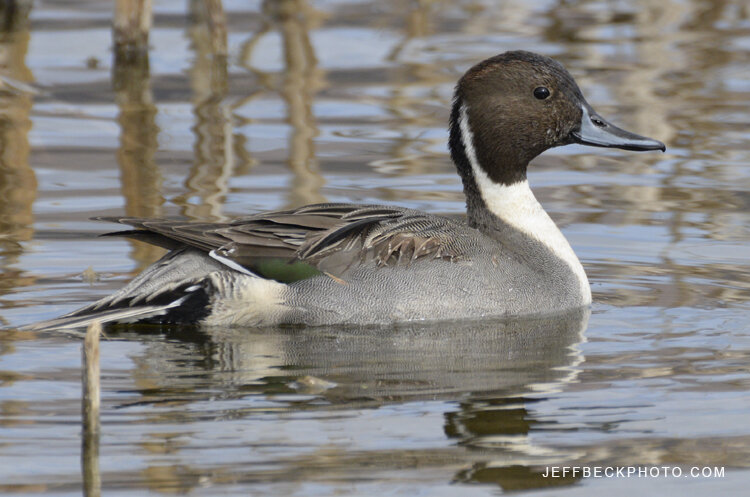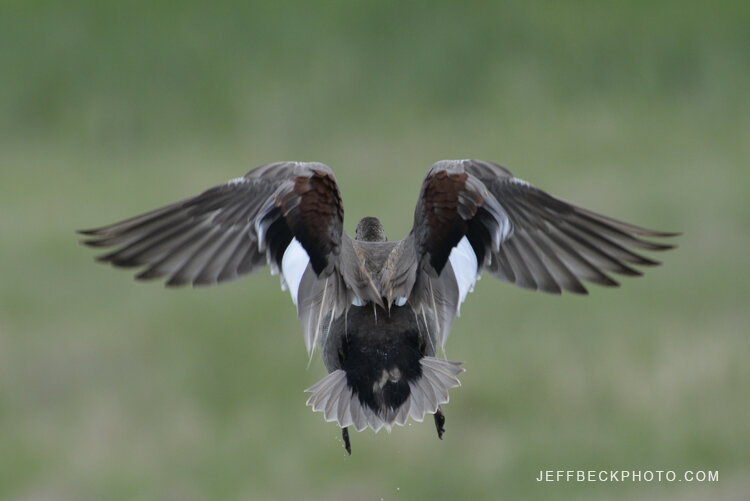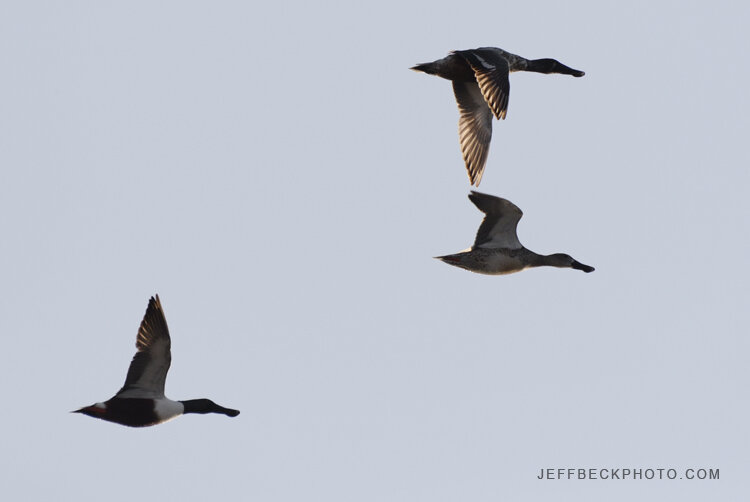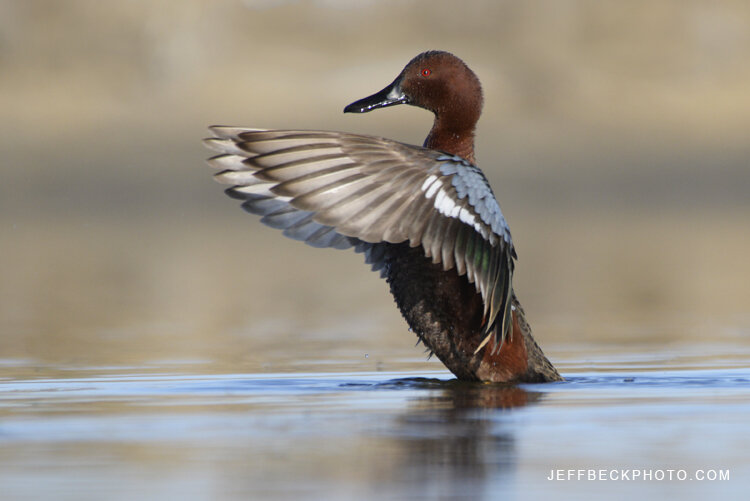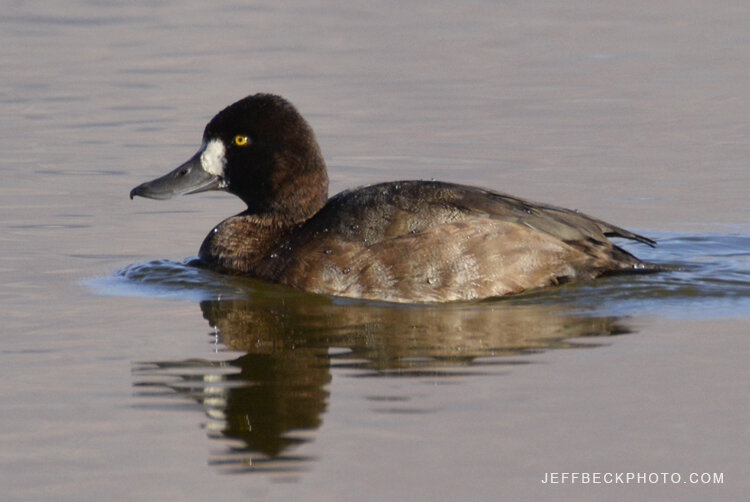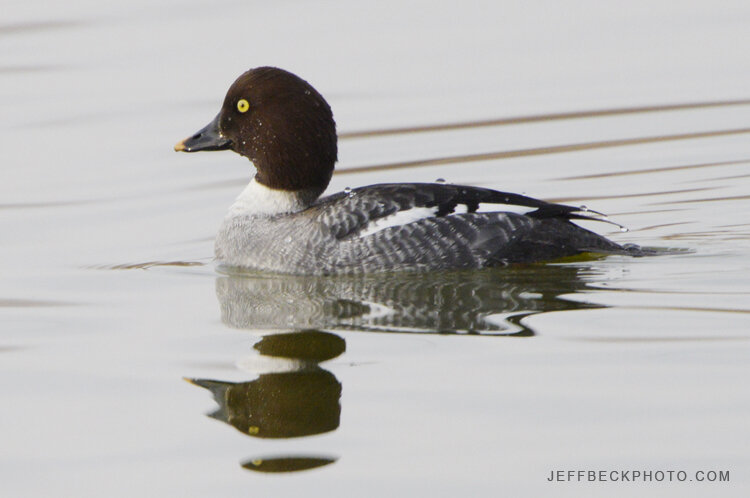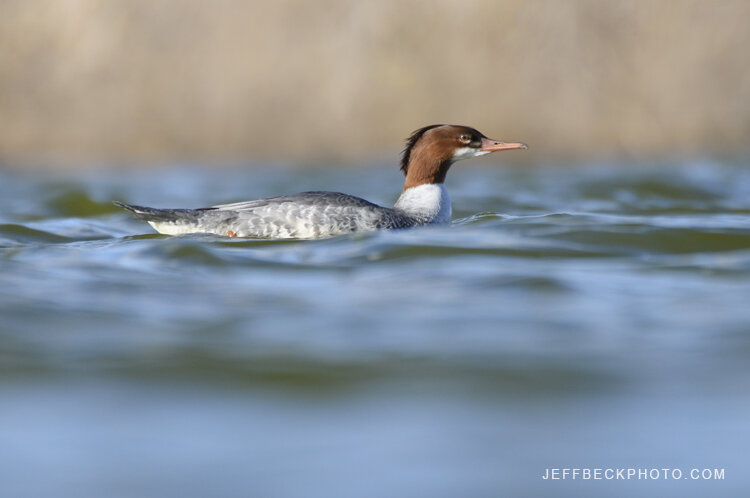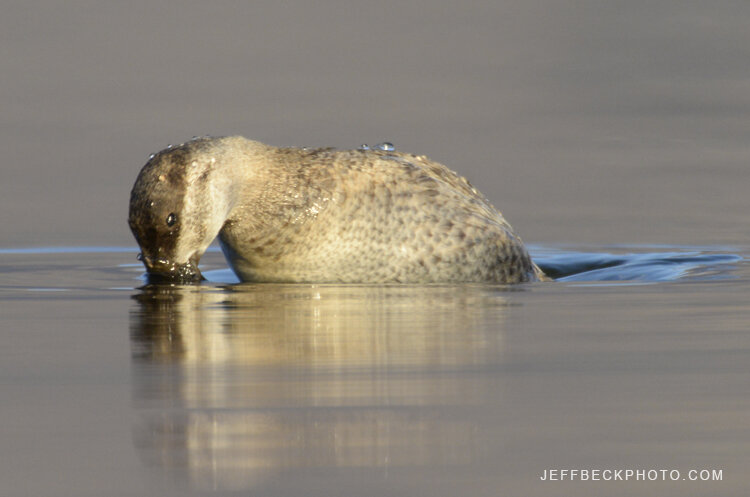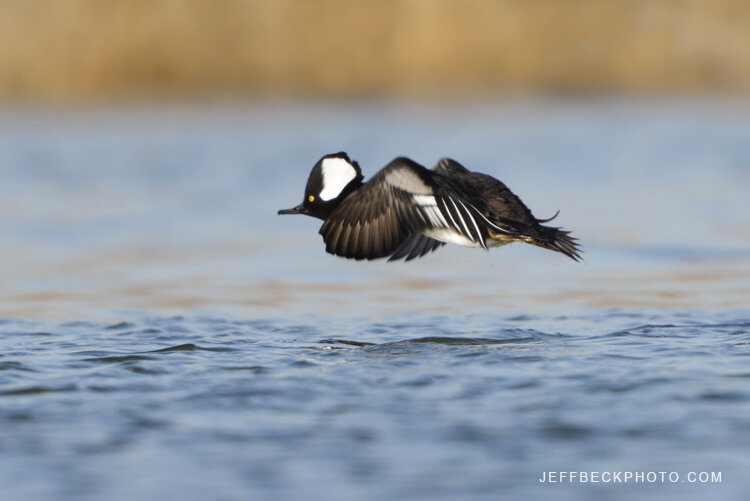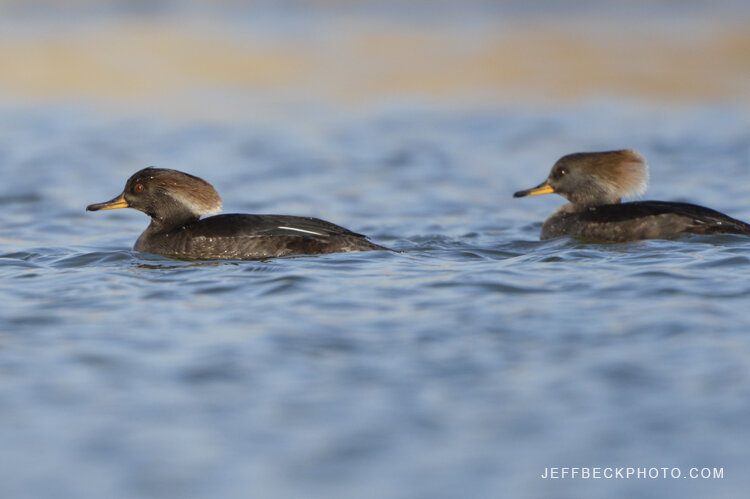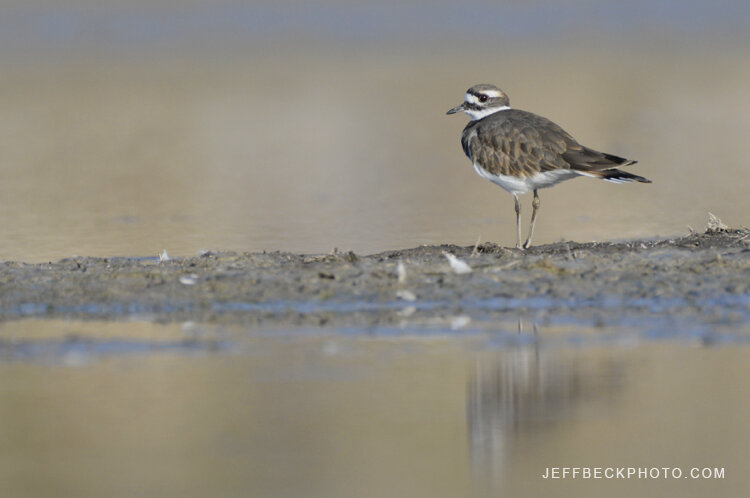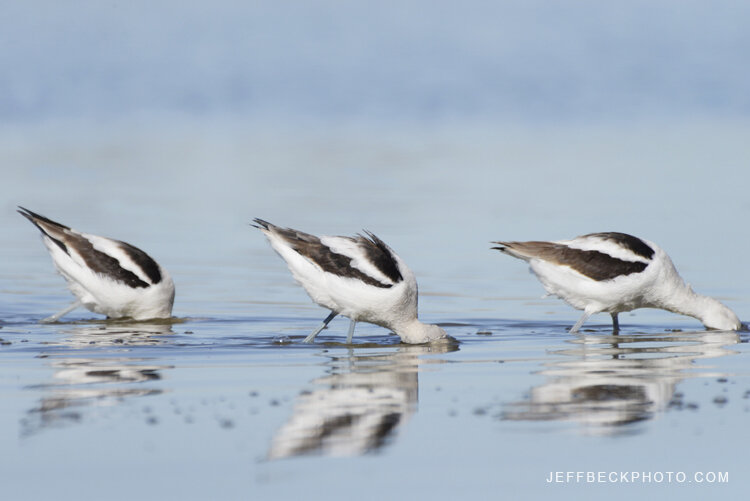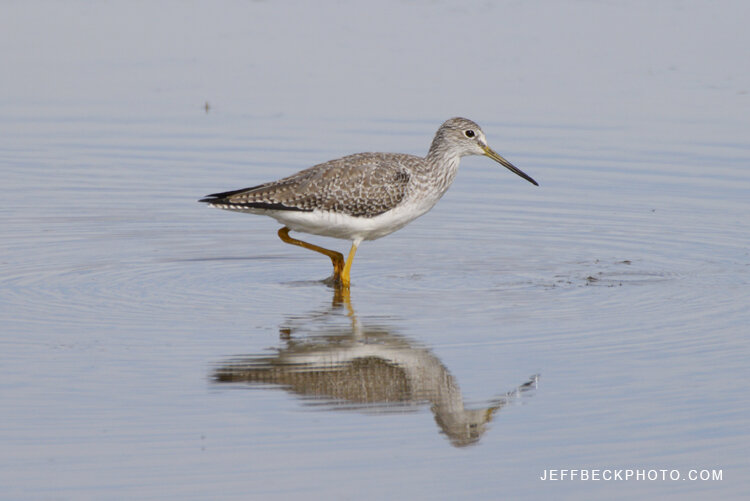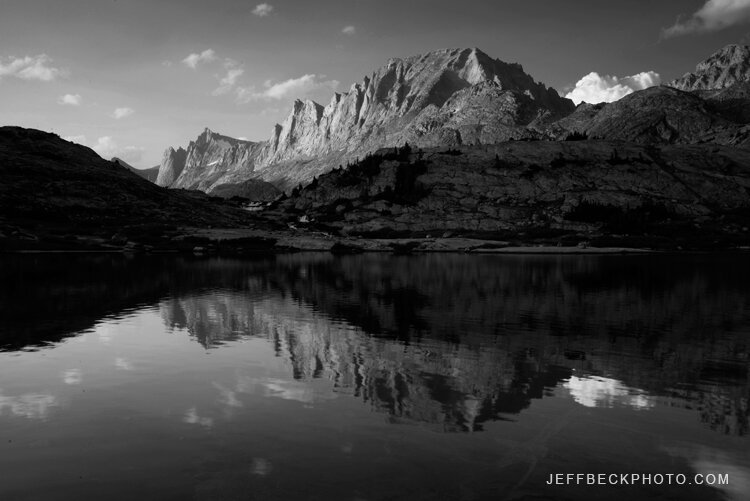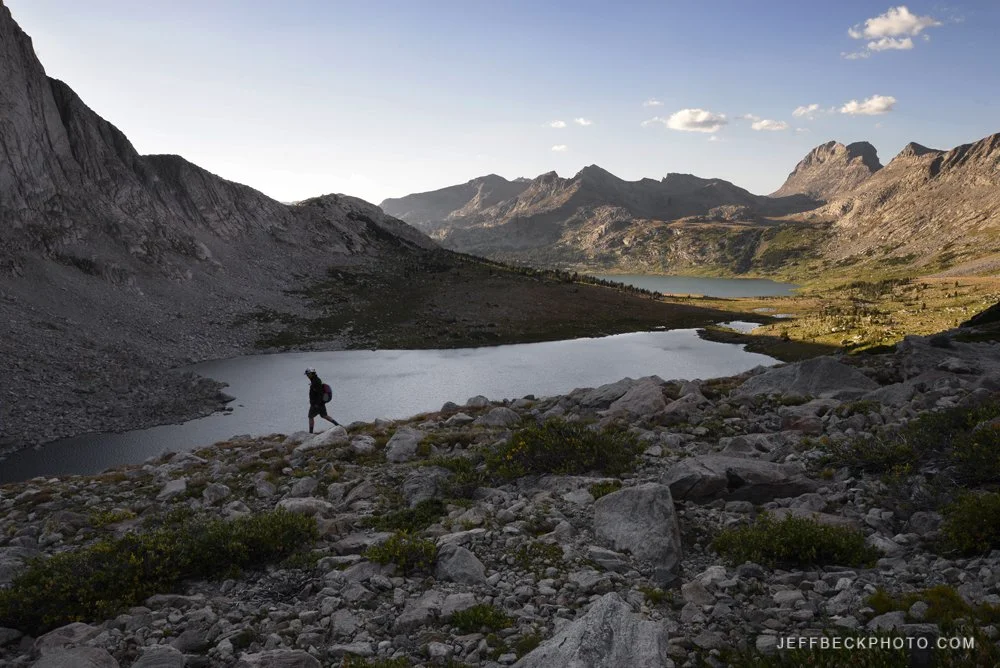Big Ruin, Salt Creek, Canyonlands National Park, Utah
Salt Creek had been on my radar for many moons. With a number of must see archeological sites, this was a life list trip for me. And, because it’s not that far from home, I feel confident I'll be back for another round at some point. I definitely felt it was worthy of more exploration. My immediate thought after leaving the vicinity of Angel Arch was, “how can I get back here?”.
Most people do Salt Creek as it’s own thing, typically over three to four days ending at Cave Spring. Looking at the map and seeing how the Peekaboo trail connects Salt Creek with the network of trails in the heart of the Needles, I conceived of a week long thru hike of the Needles District from Cathedral Butte to the Elephant Hill Trailhead. With the last night spent in Chesler Park.
It had been ages since I’d been to Chesler Park or Druid Arch, but they were some of the first places where I became aware and in awe of Southern Utah. I loved the idea of adding those locations to an exploration of Salt Creek, and spending an entire week in the Needles District.
The plan was SC2, SC3, 2 nights in the Salt/Horse Zone, LC2, and finally CP2. I had a very similar itinerary booked for April 2020. With Covid, the park closed and the permit was canceled. Fast forward four years and it was on.
Salt Creek and the heart of the Needles are very different experiences. Once you drop into Salt Creek, you’re on a trail in the canyon bottom the entire way. At times it can seem like you’re penned in, without any views. Salt Creek is like a museum with the cultural artifacts and rock art providing a big part of the interest. It takes a lot of energy to continually make side hikes to see the ruins and rock art. Angel Arch and Molar Rock, a mile and a half up a side canyon, is an exceptional place of sheer grandeur. In a sense, it seems a world away from Salt Creek.
Leaving Salt Creek on the Peekaboo trail you crawl up to these mid level slickrock shelves and occasionally climb to pass between slickrock canyons. The views really open up, and all of a sudden the place is devoid of ancestral imprints and the stark scenery is front and center. The route is no longer a sandy track, but follows cairns on solid rock, with steep friction climbs, a ladder, and at least one exposed move on the way to Lost Canyon. Not for those with an extreme fear of heights.
Squaw Canyon Panorama, The Needles
Not everything went according to plan. We lost two thirds of our crew after night five. It was sad to part ways with Erik, Julietta, Tari, and Pat. We would meet again the next day on the trail, and our trails end picnic at the Elephant Hill Trailhead was a high point.
From the looks of this gallery half of the trip took place on day six. Day six had the longest mileage and the most elevation gained and lost, as the route was in and out of half a dozen different canyons on the way from Lost Canyon to Chesler Park. On this day, the weather Gods smiled on us, although I did feel a pang of fear as it really started to pour while we were at Druid Arch. But, as quickly as it started, the rain stopped and the sun started to peek out.
Sunset Needles Panorama, Canyonlands National Park, Utah
Scott and I were on the move for eleven hours that day, including our four mile round trip side hike to Druid Arch. I lucked out with the light and shot hundreds of photos that day, which is why it took eleven hours to move eleven miles. Druid Arch and Chesler Park did not disappoint. The upper Elephant Canyon trail leading in to Chesler Park was so much cooler than I remembered. The route from the top of Big Spring Canyon to Elephant Canyon became a new favorite. Scott and I had both saved one shot of whiskey to cheers at our camp in Chesler Park, at the end of a fantastic day of backpacking.

























